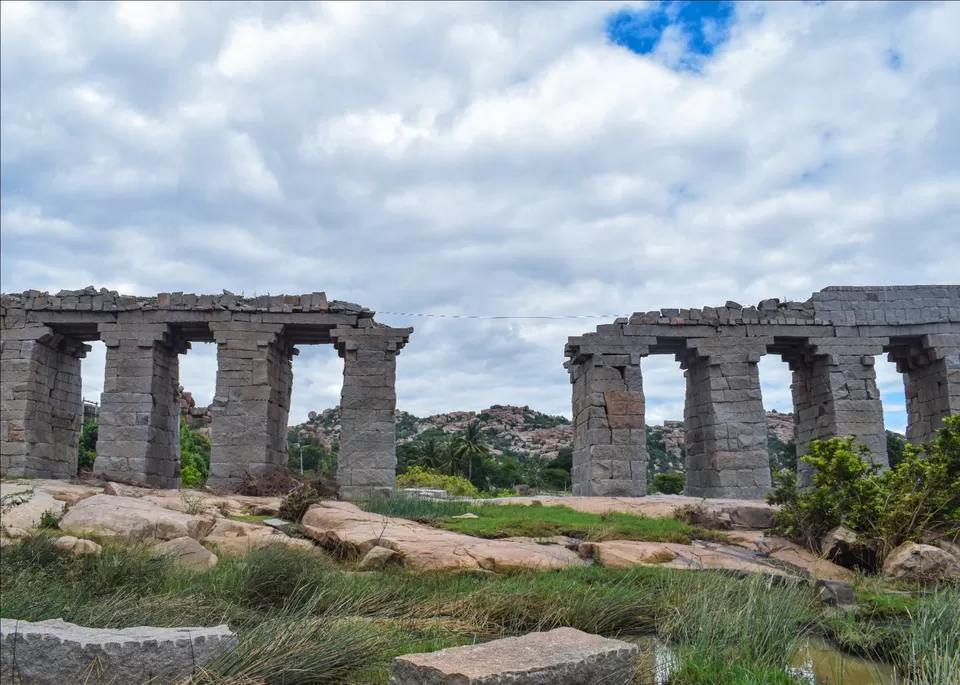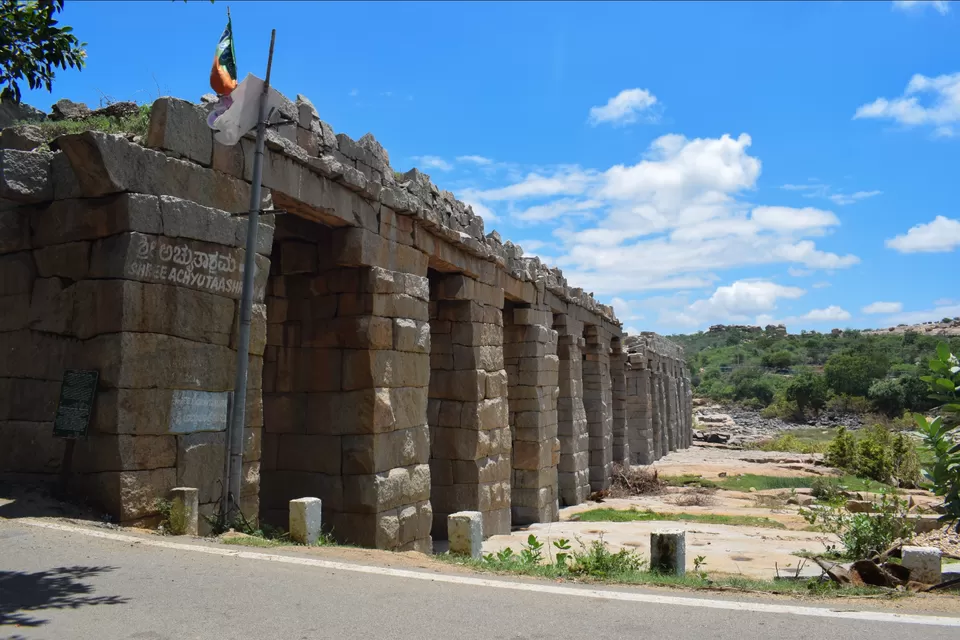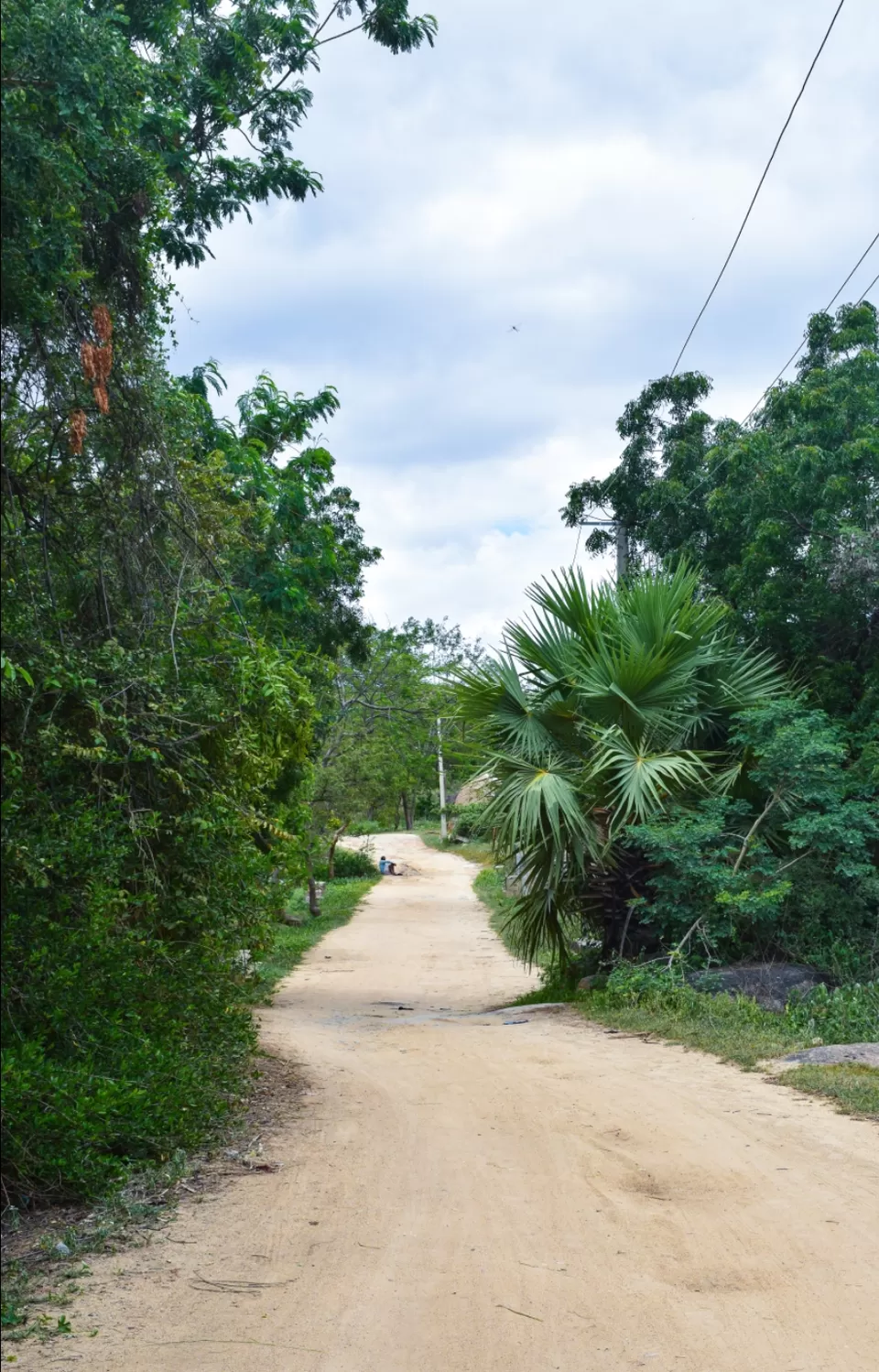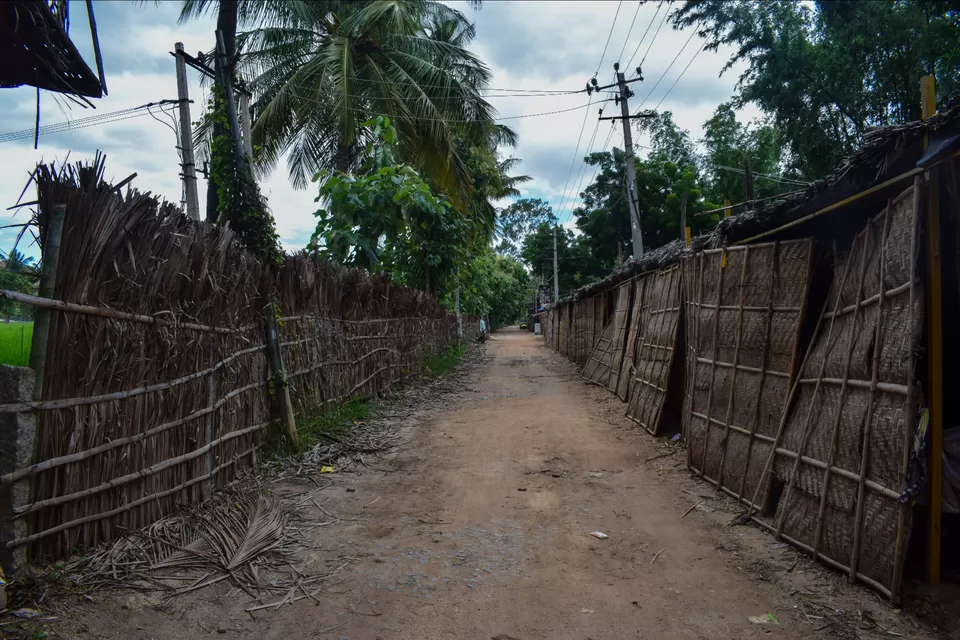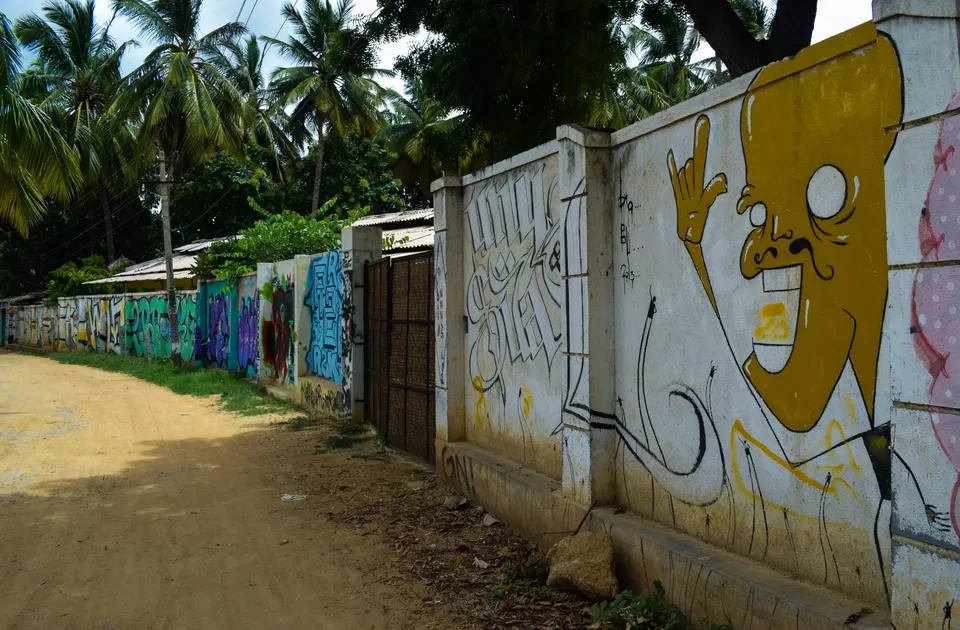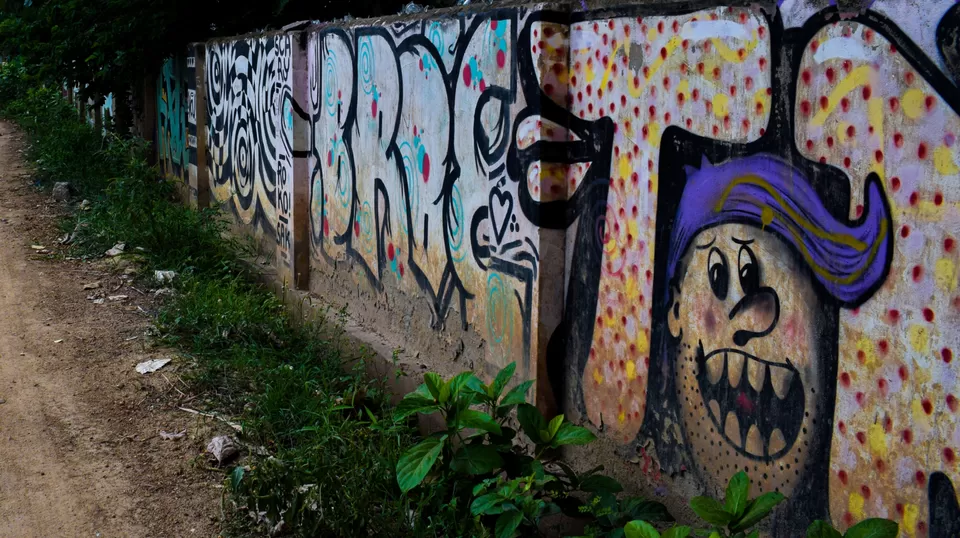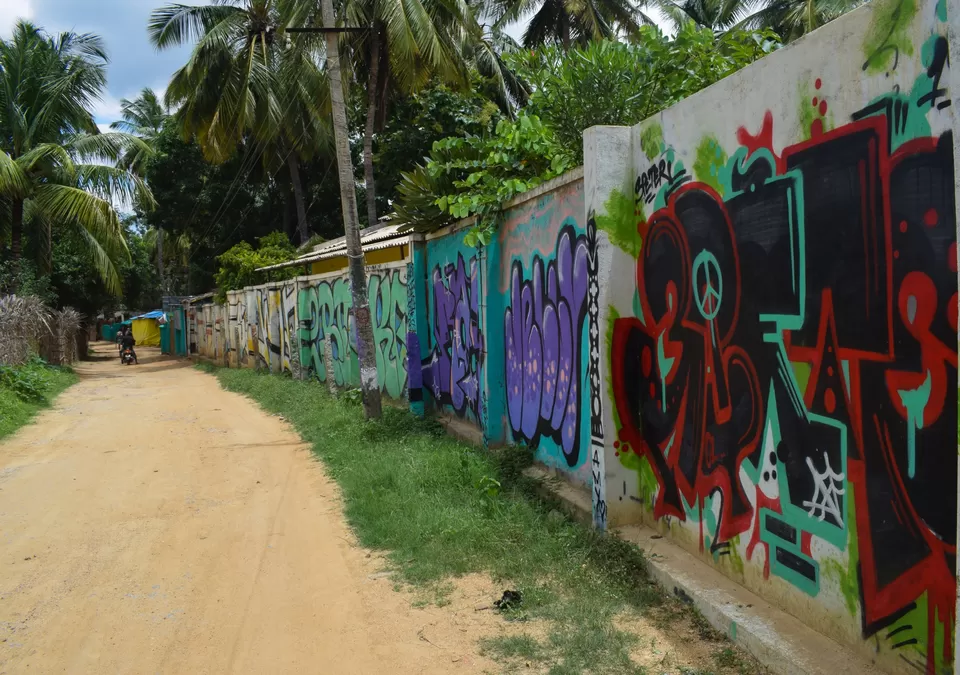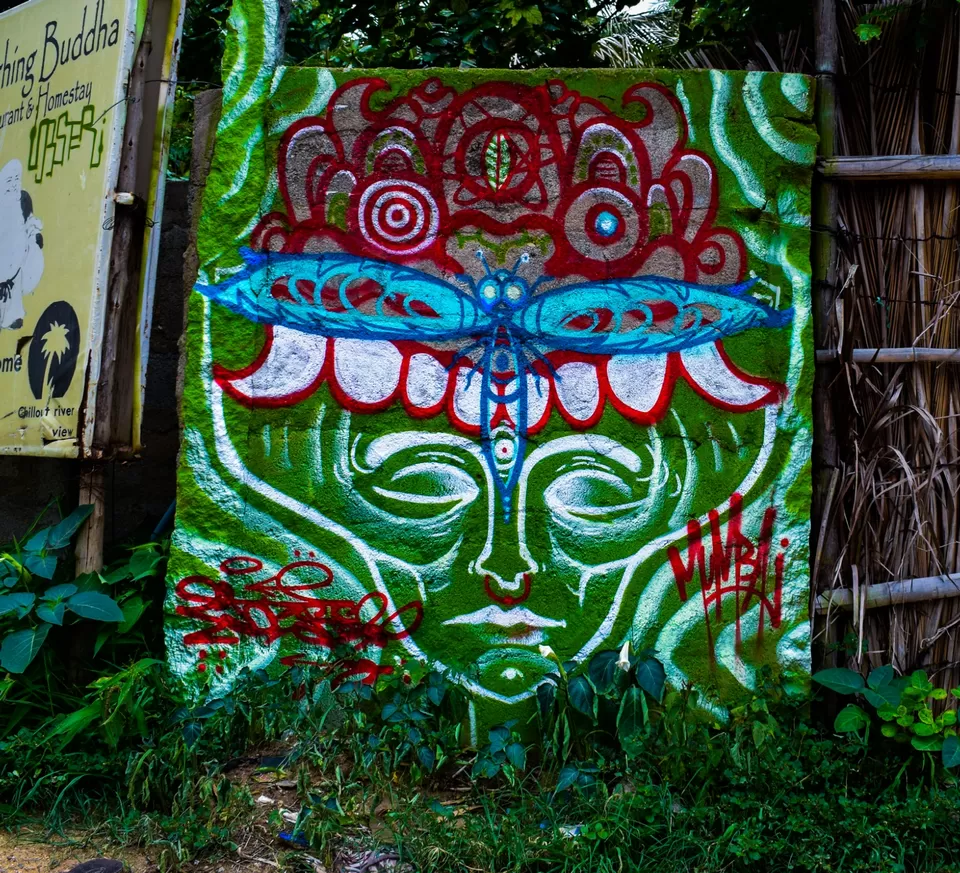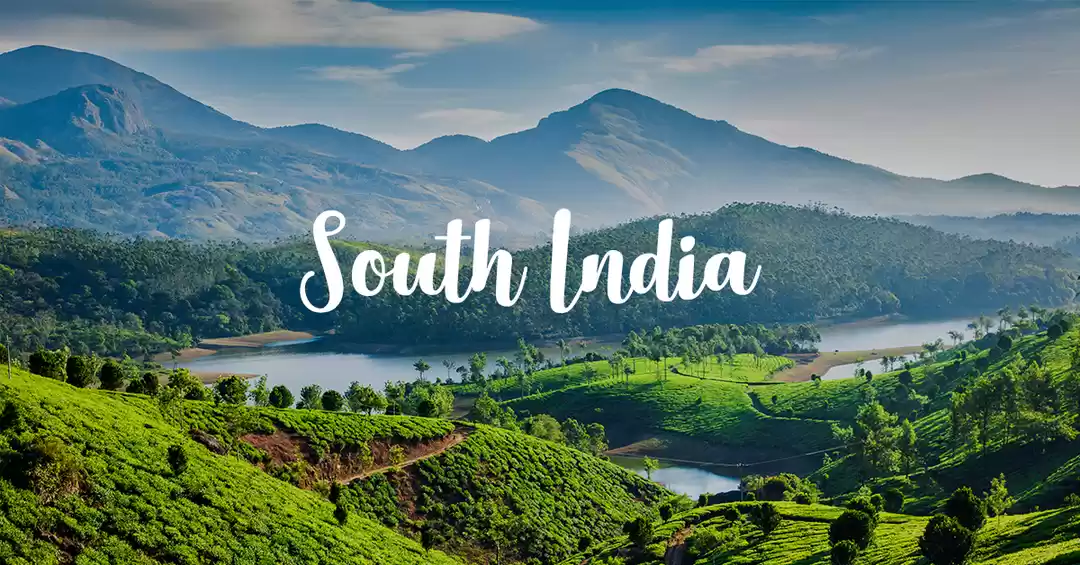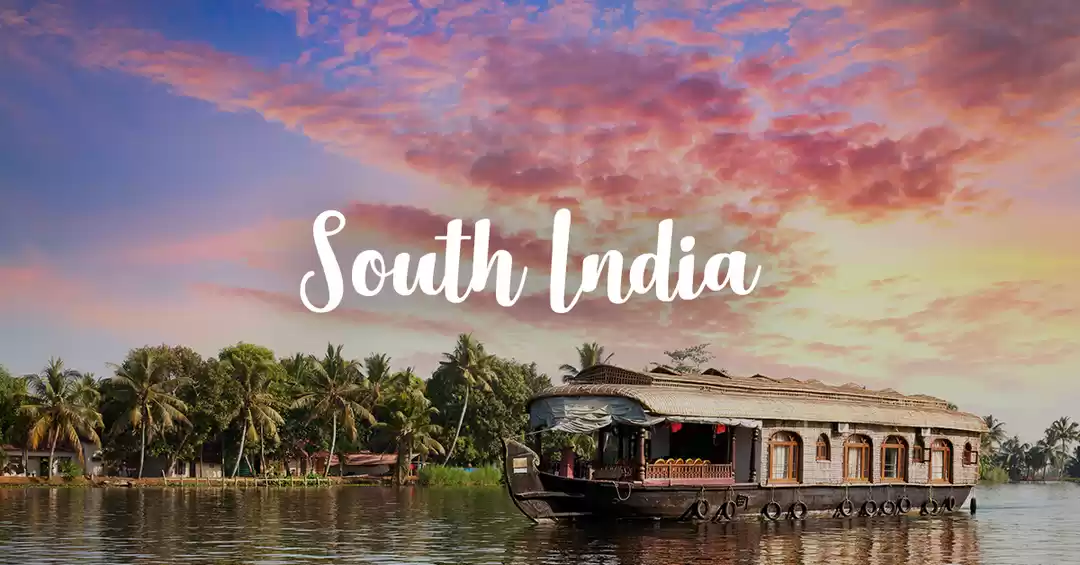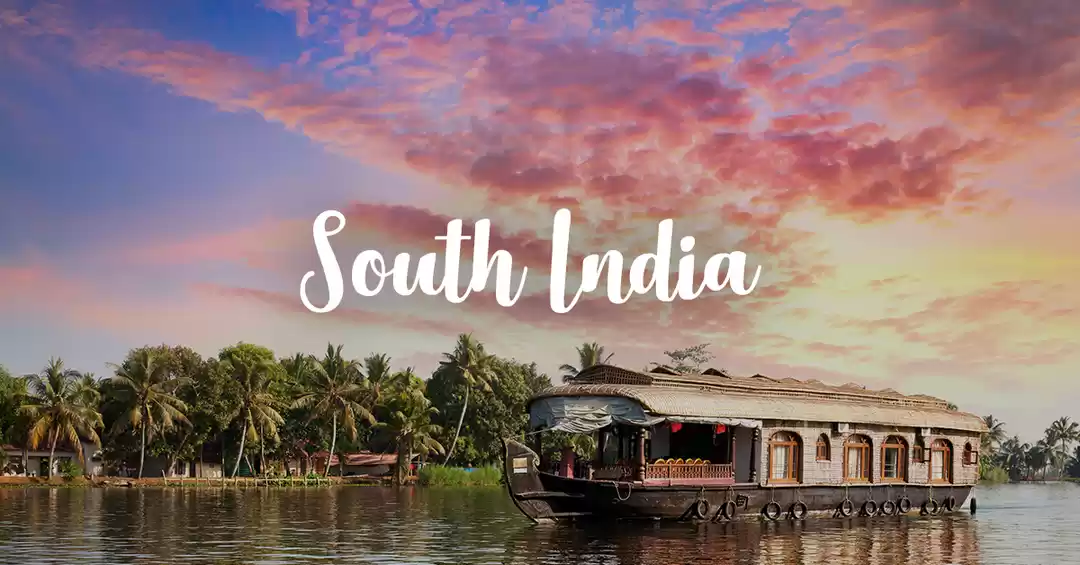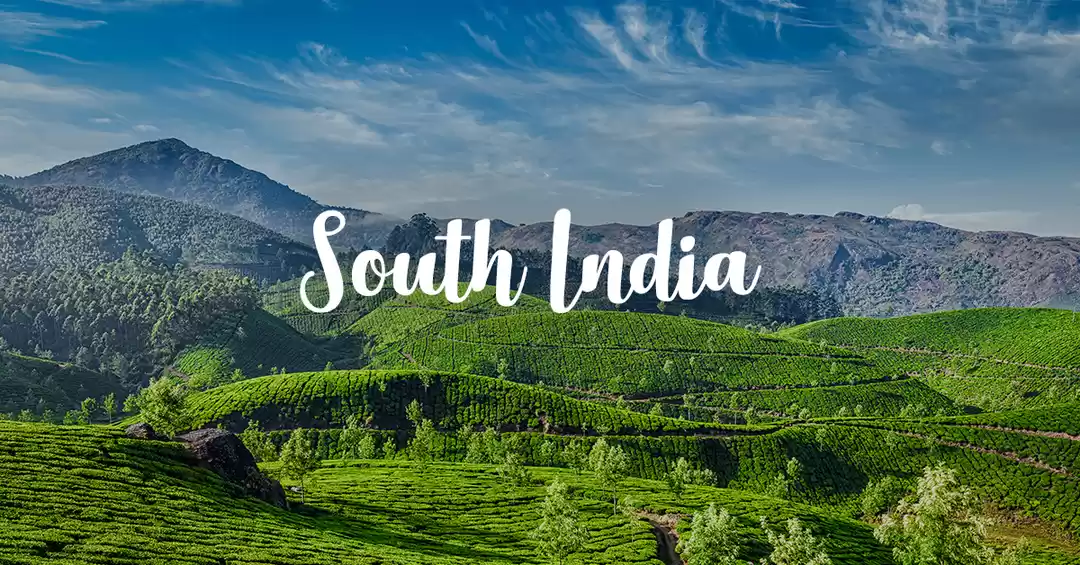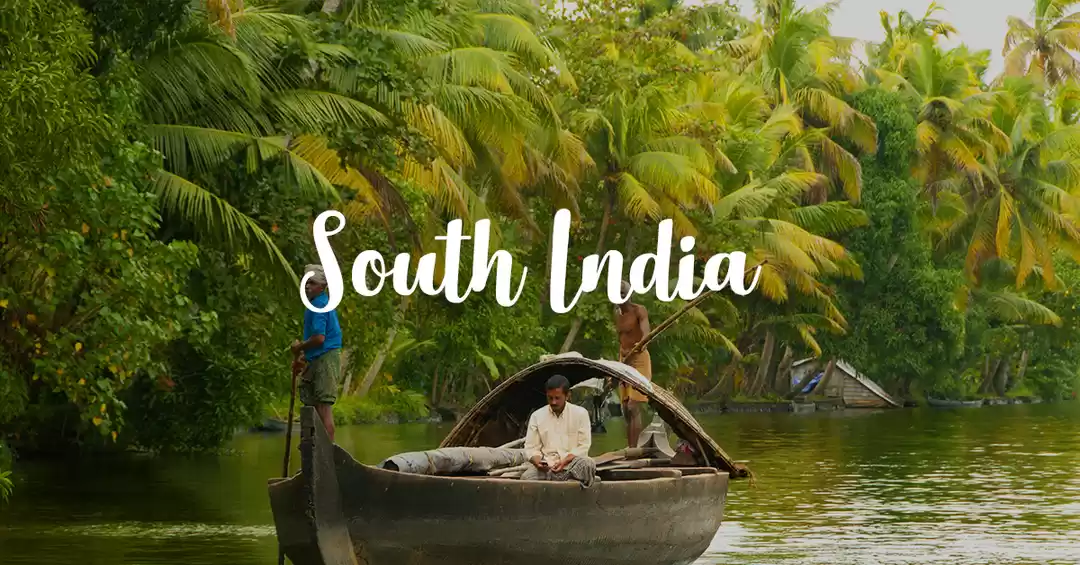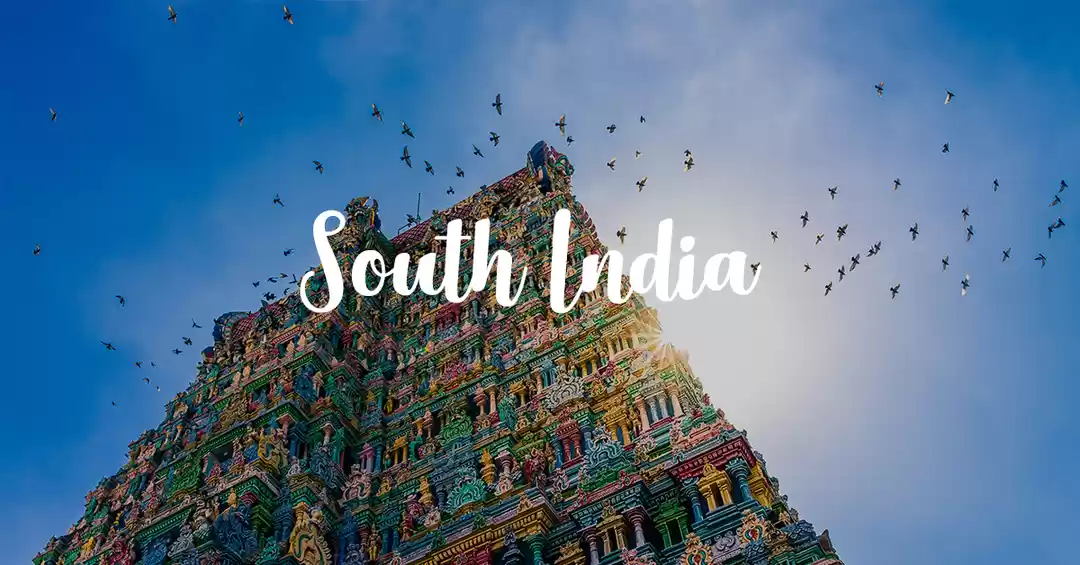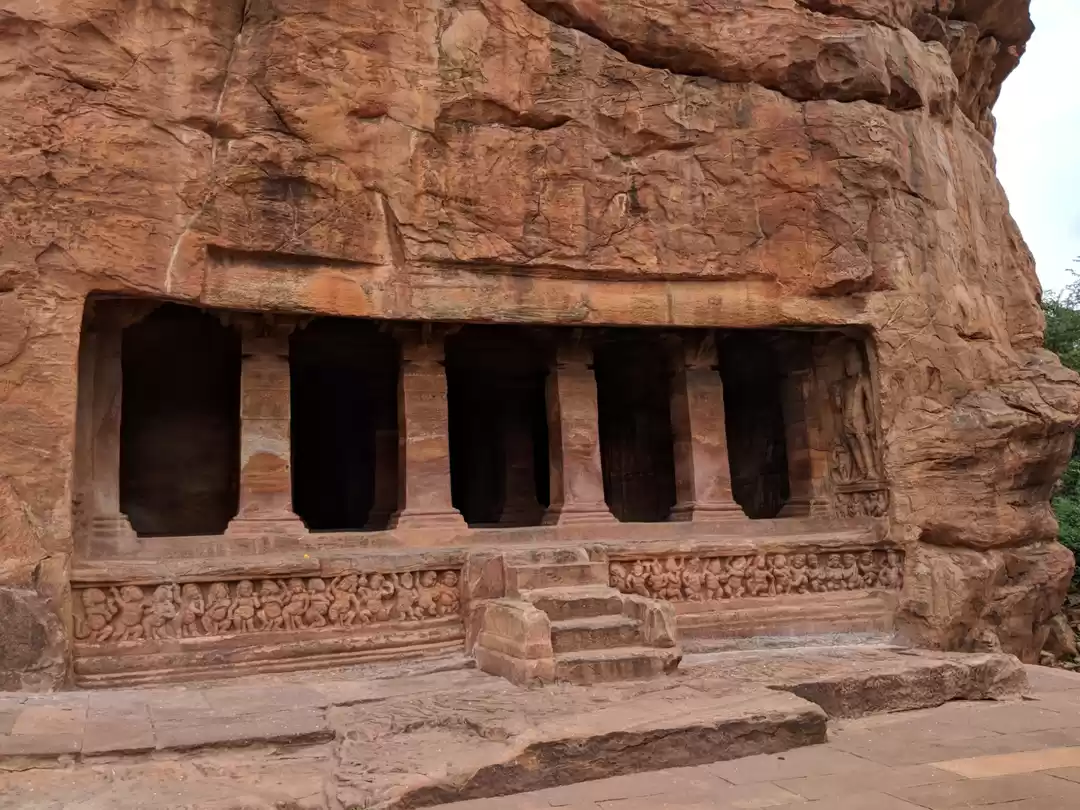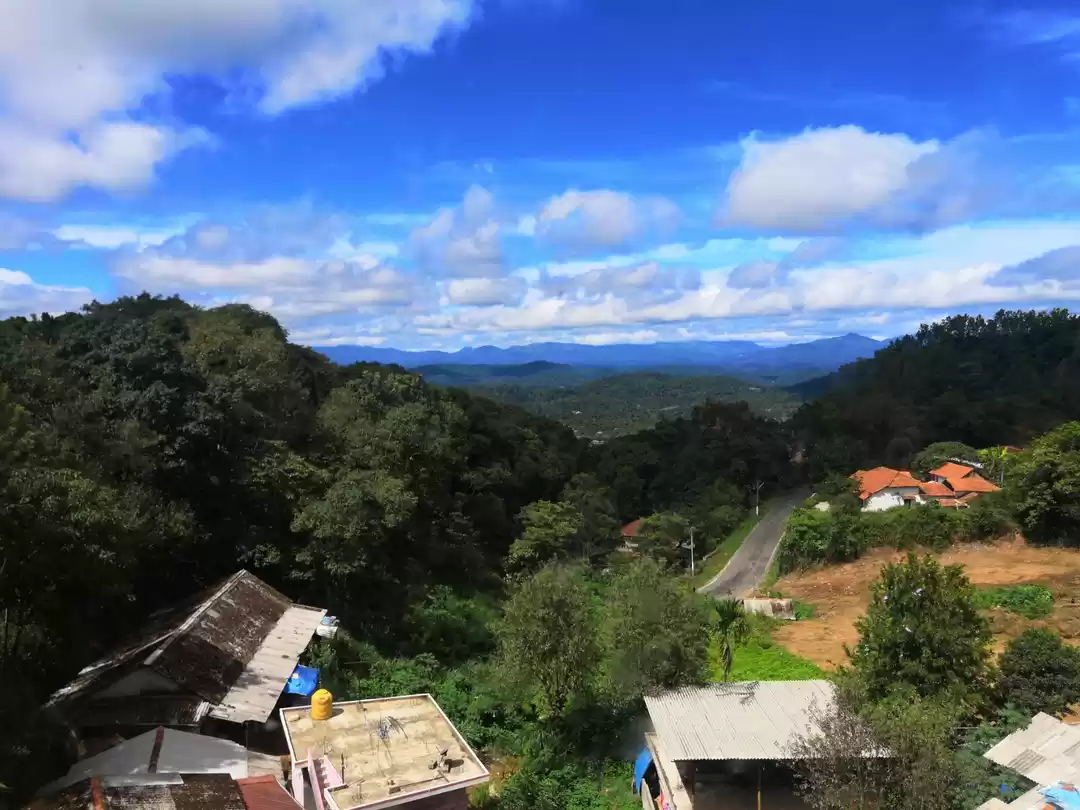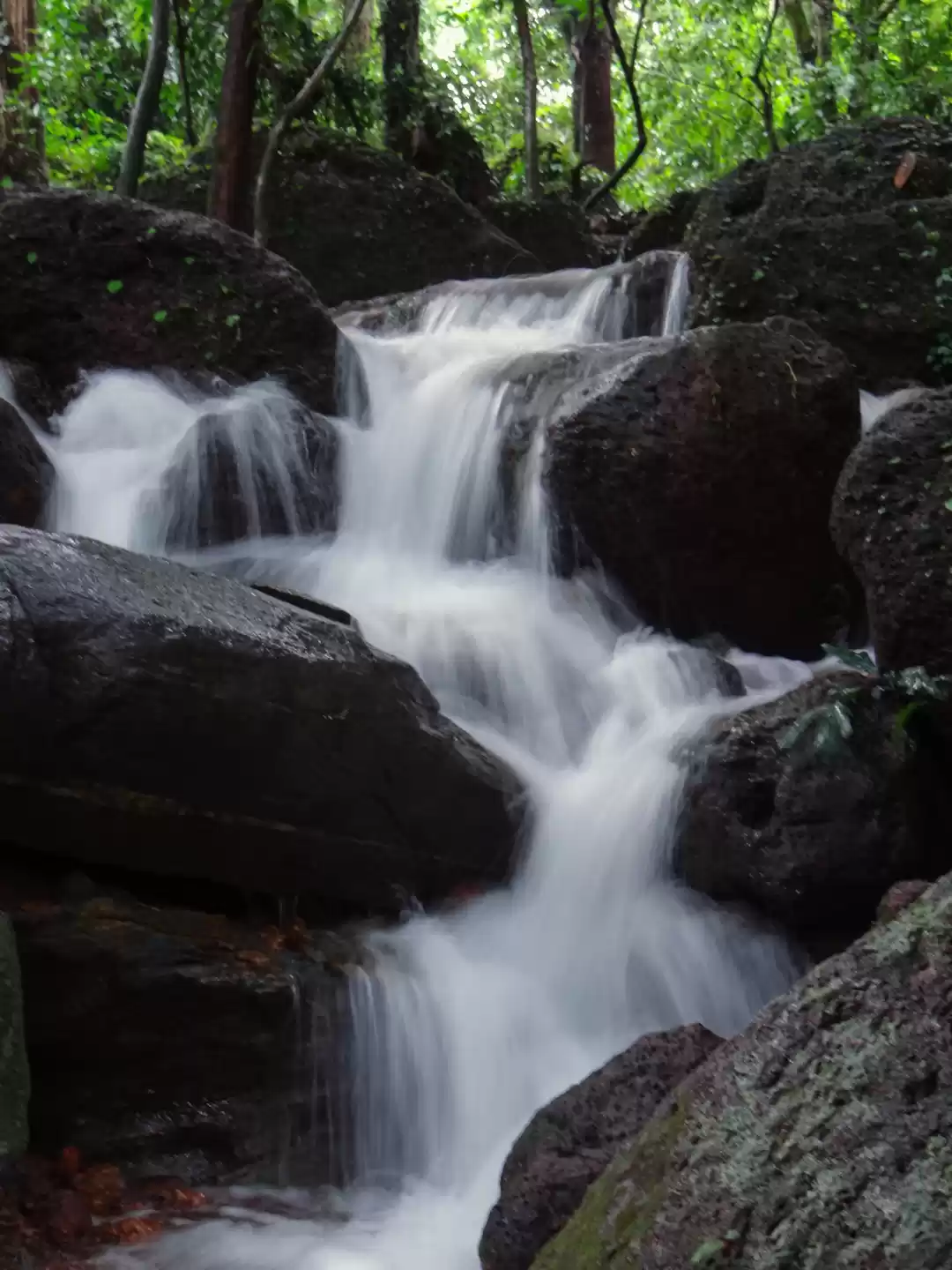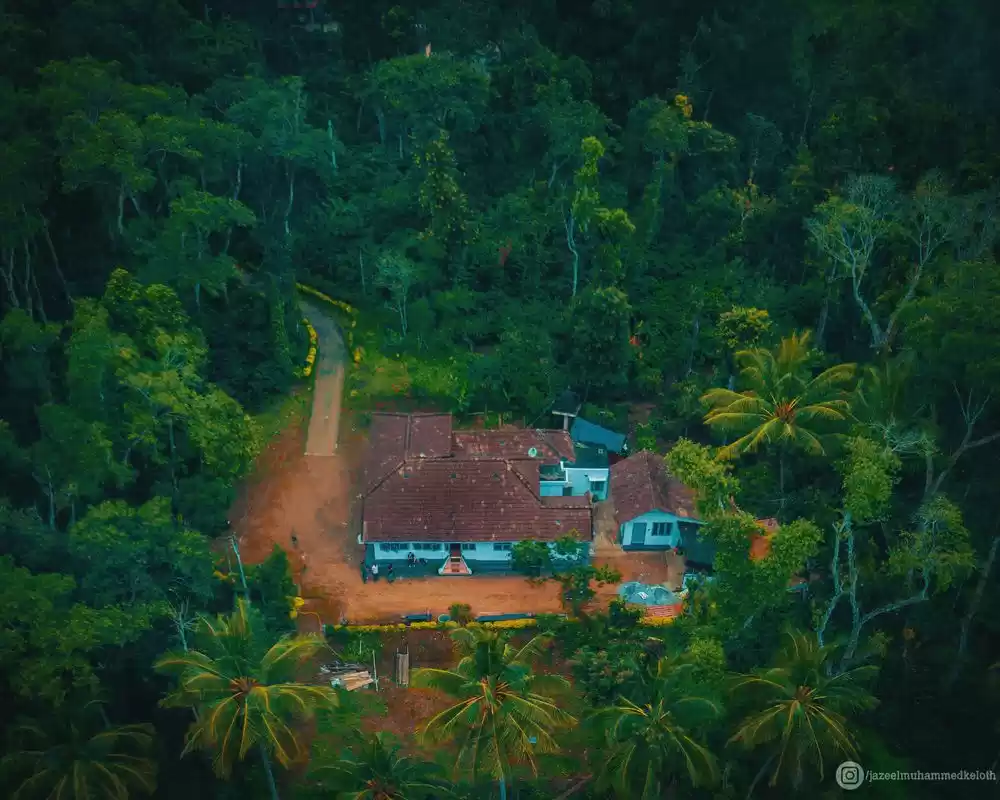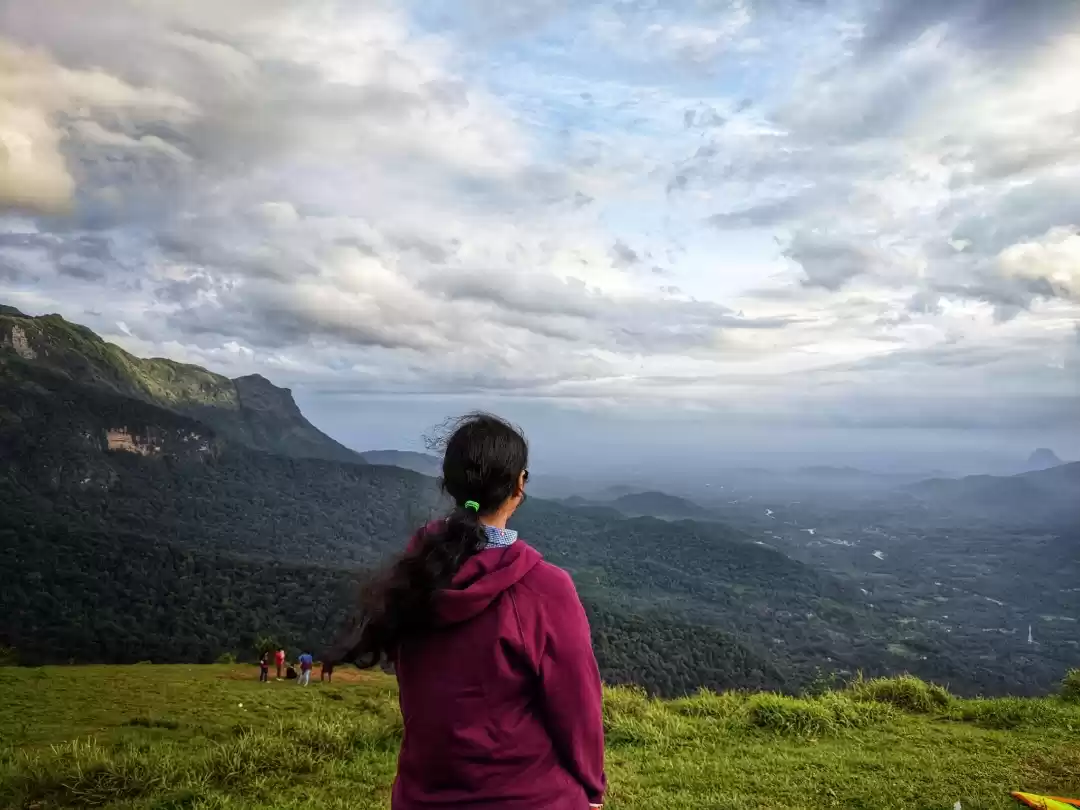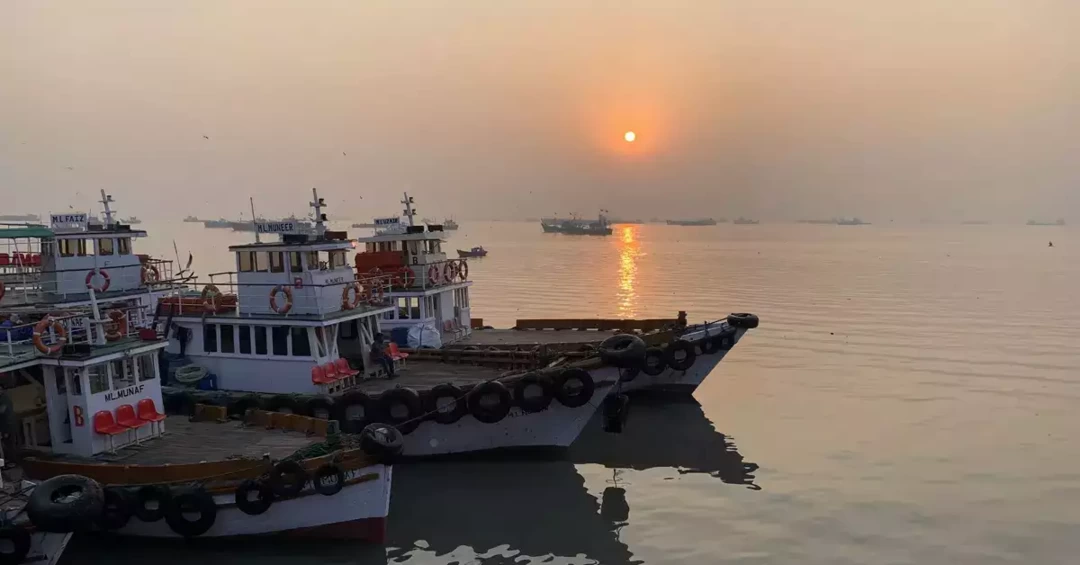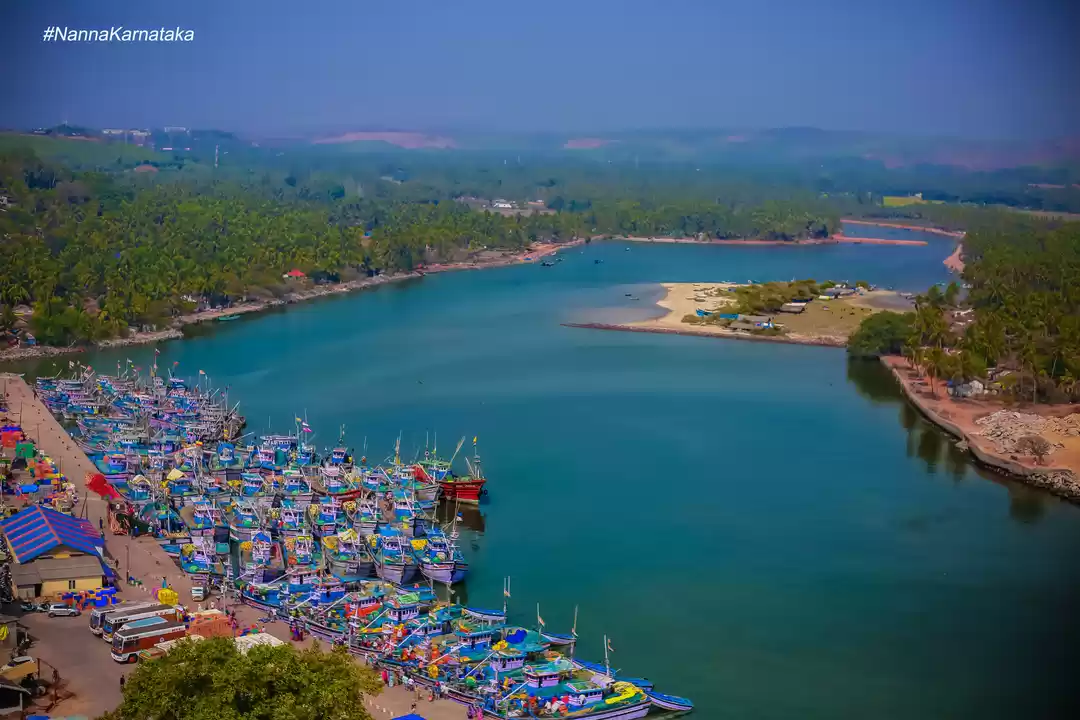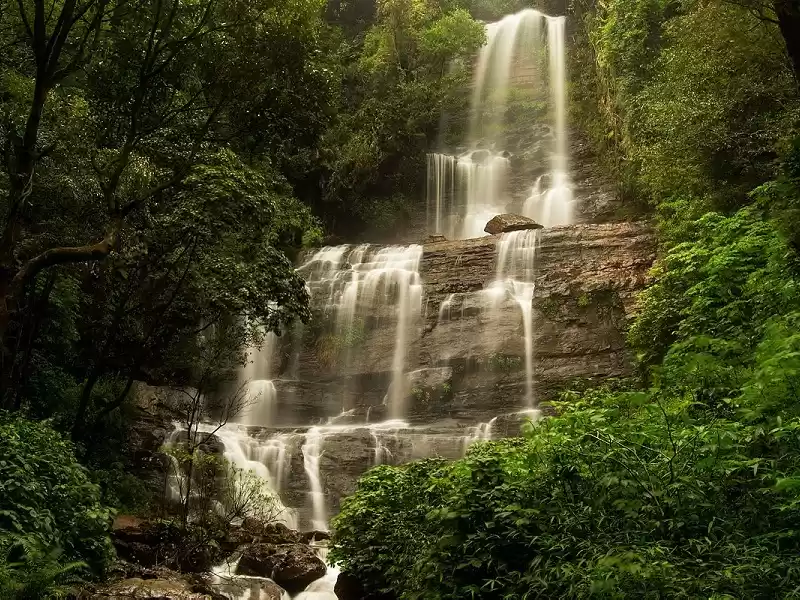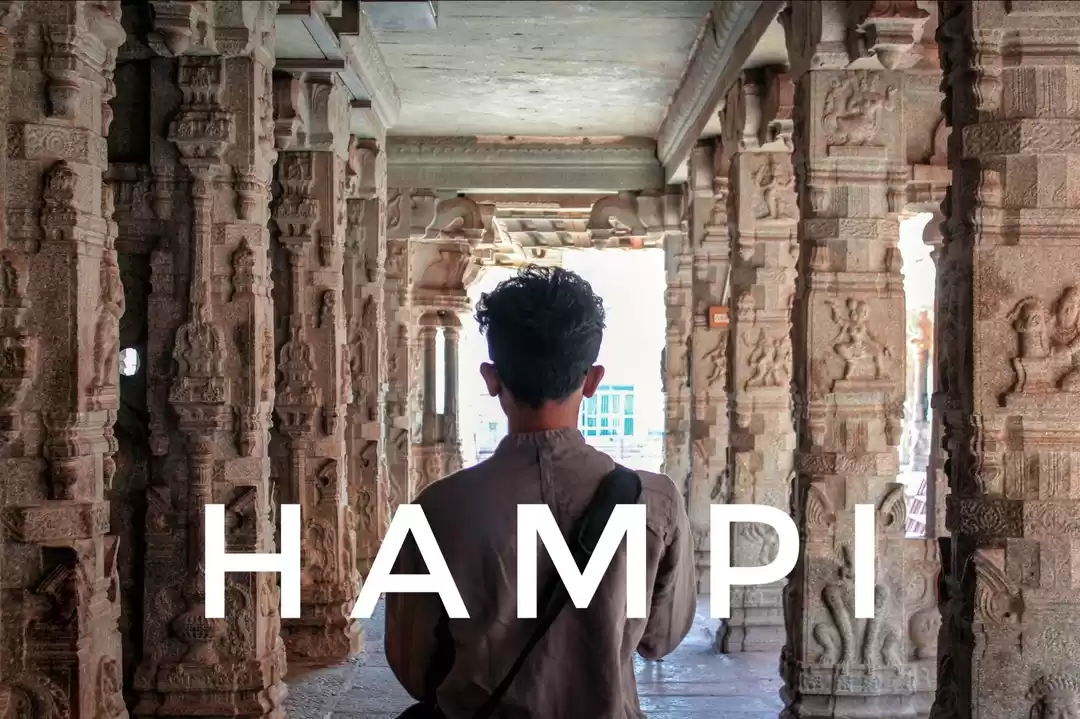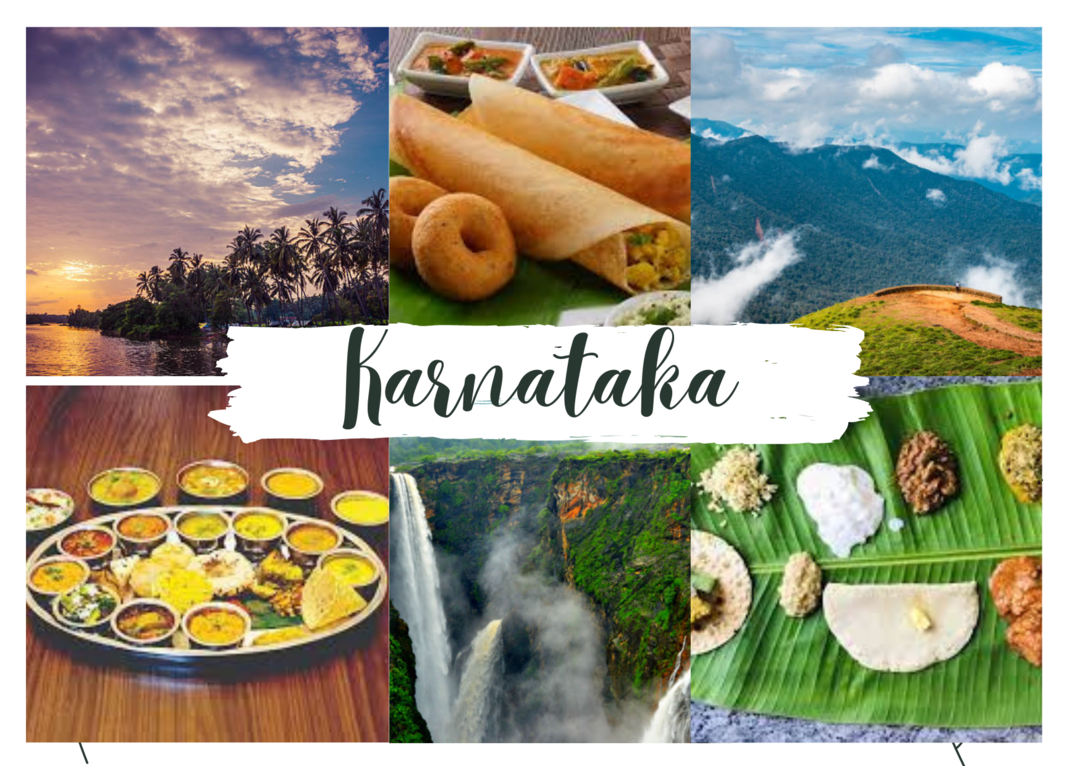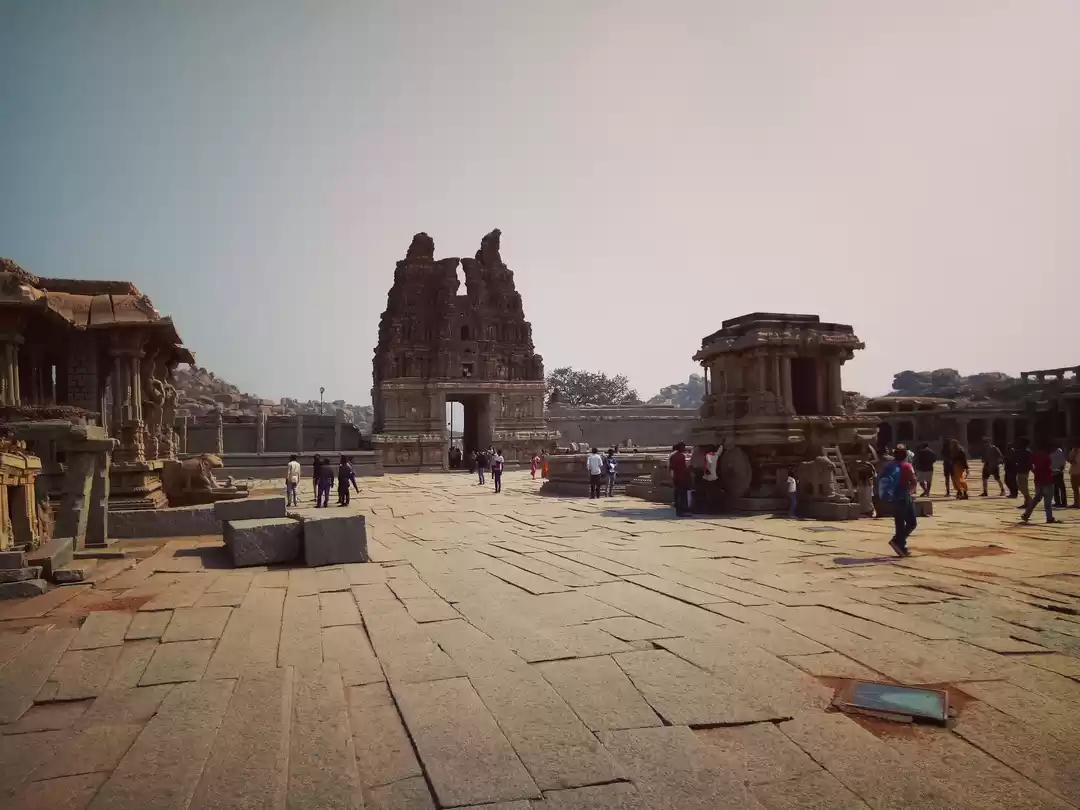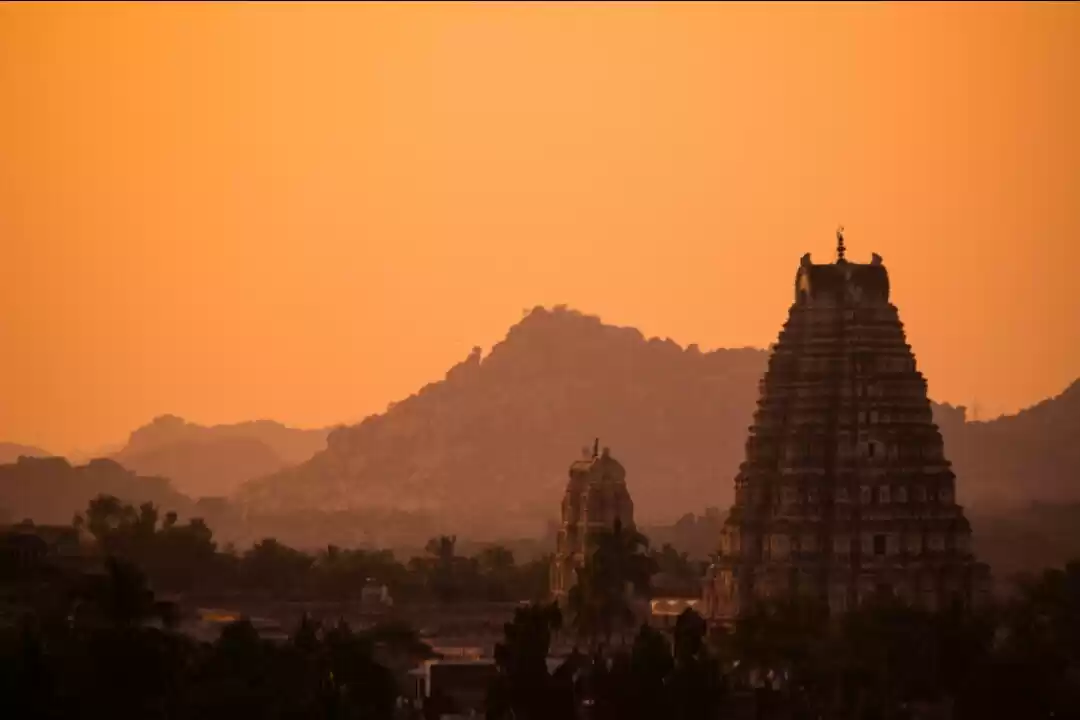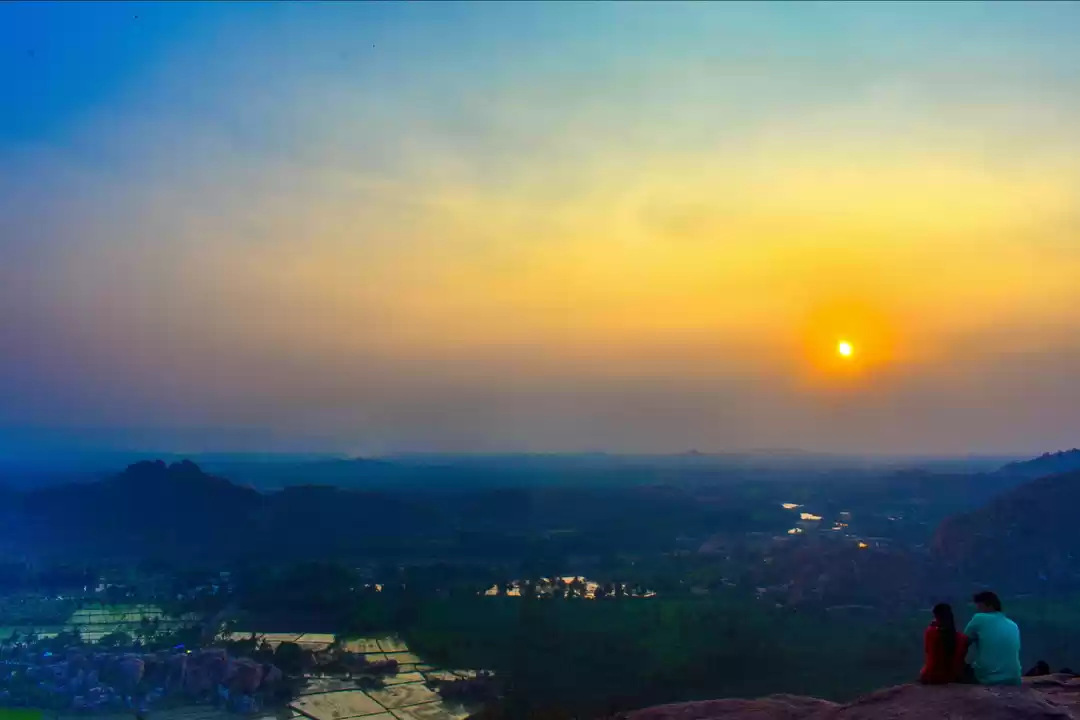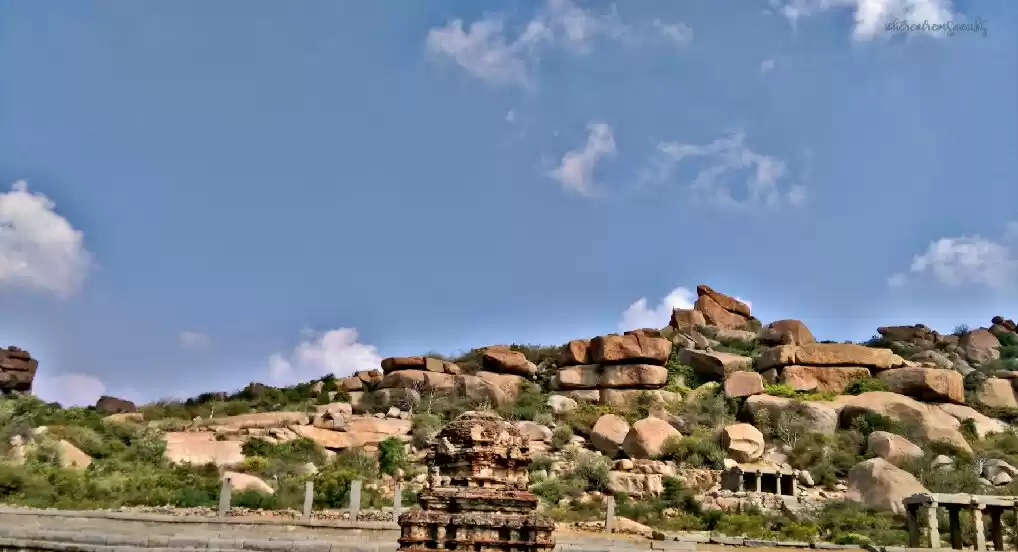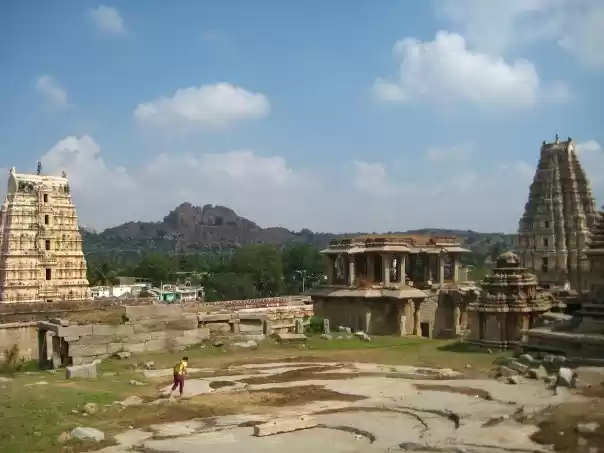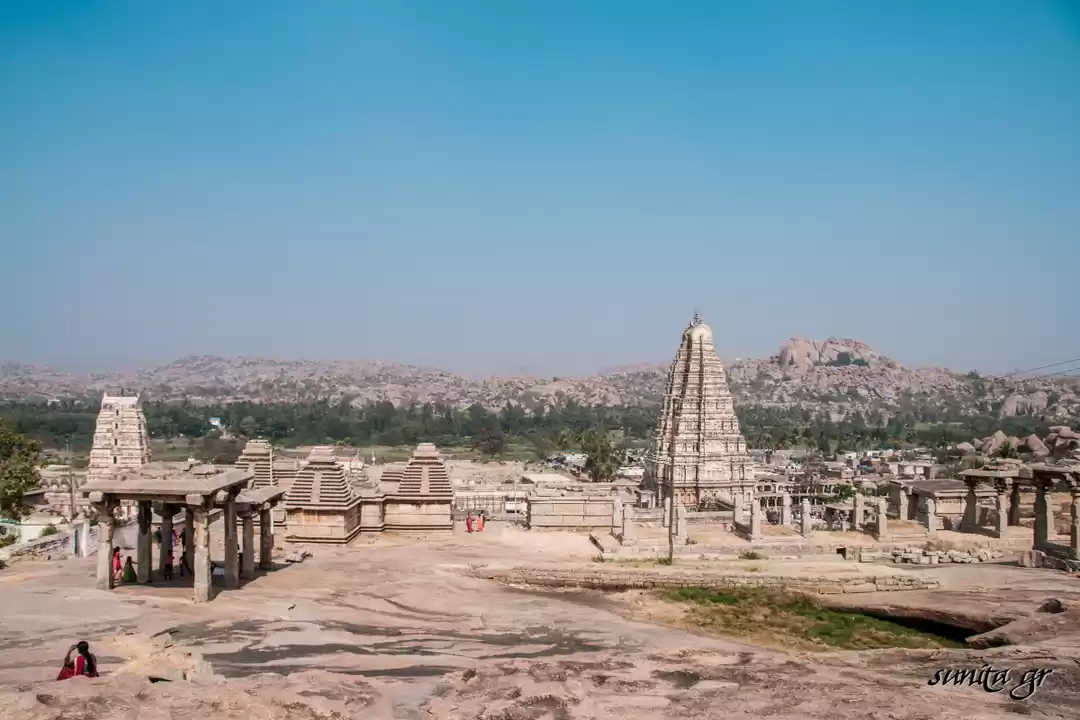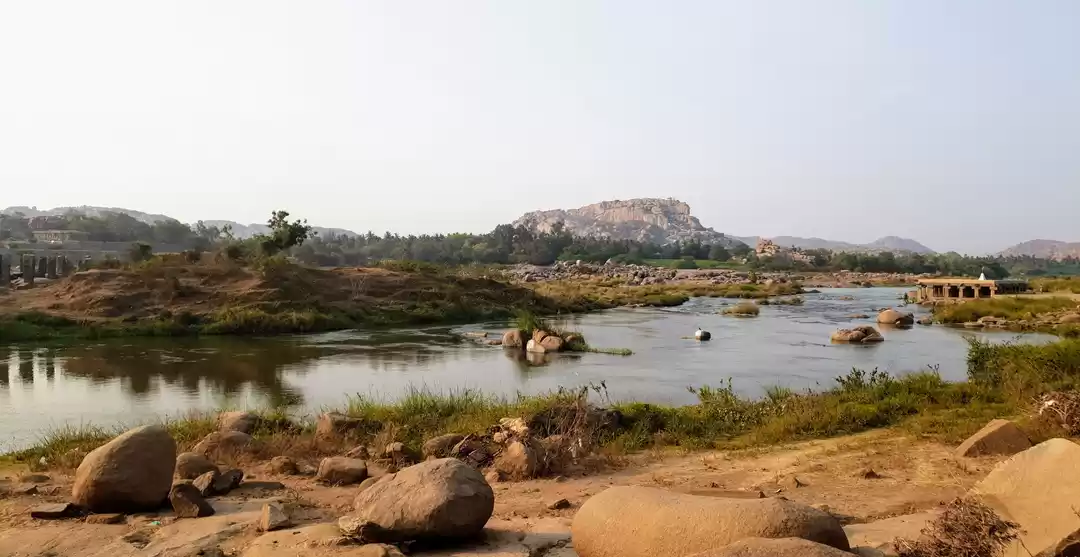
https://kamalpr.wordpress.com/
The frustrations were overwhelming and worries were building up. After all, I am one among those many emotionally and mentally unstable middle class millennials striving to thrive upon the societal pressures, keep up with the elite profession, meet the standards set by me upon myself, compete and survive the race among the most educated, nevertheless the most emotionally vulnerable generation in the history. Sometimes all we need to do, to get out of our own cloudy and entangled mind, is to escape the reality. Escaping the reality isn't about evading the responsibilities or running away from the clutches of your inner demons. It's about rejuvenating your mind to have a clearer view. It's about coming back strongly to defeat your inner demons. And the best way I found to escape the reality is to travel, because it's right up my alley. It deviates my mind positively from the routine slog to something productive and resourceful. As Kevin Kelley said "Travel is still the most intense mode of learning". It helps you to get your bits of life back together. Perhaps the joy you get from travelling is momentary, but I am pretty sure the memories and knowledge you carry from it can give you gratifying epiphanies at times, that will last forever. It's the only meaningful distraction that you need in life. So, go explore the vast world to step up a gear in your life.
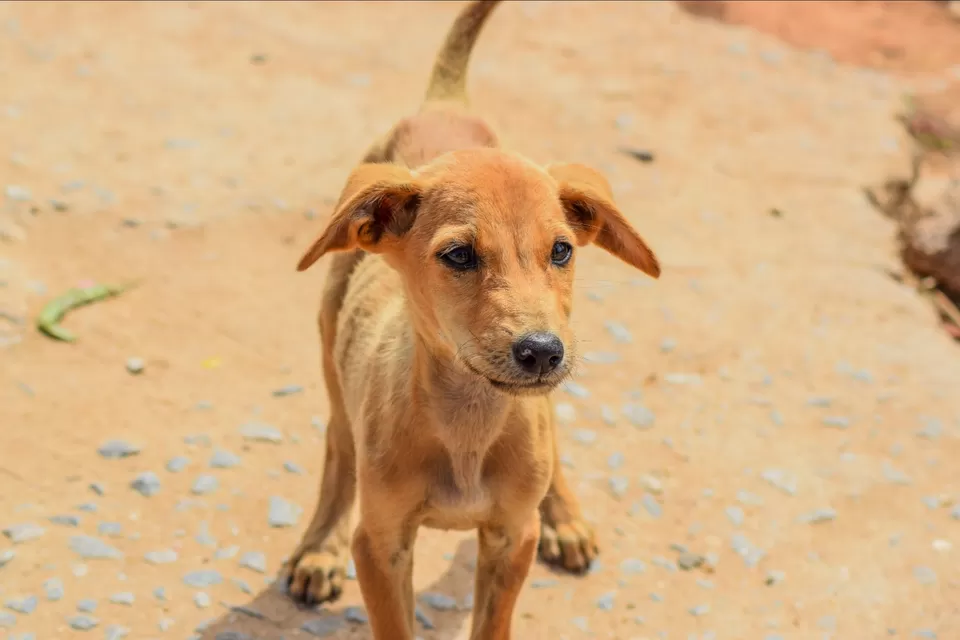
Spread across the much revered river Thungabhadra is the sleepy village of Hampi, the erstwhile province of once glorious Vijayanagara empire, reflected now as the "timeless history etched" enchanting ruins that speaks volumes about the illustrious past of the kingdom which largely got lost in the mists of time. An overnight train (Hampi Express ) from the heritage city of Mysuru will take you to the "steel city" of Karnataka in Bellary district-Hosapete which literally means the "new city" in kannada, which is about 12 kms from Hampi. Said to be one of the richest and largest cities in the world during the period of Vijayanagara empire in the 14th century, Hampi is now a barren land with beautiful ruins and majestic boulders with sunlit emerald green paddy fields interspersed scantily among them. The name "Hampi" is said to be derived from "Pampa" the other name of Hindu goddess Parvati, also the old name of river Thungabhadra. Legend has it that Parvati in order to woo Lord Siva performed penance on the top of Hemakunta hill of Hampi. Rooted in the deccan plateau by King Harihara-I and Bukka Raya of the Sangama dynasty, the Vijayanagara empire flourished over two centuries until 1565 when the empire bit the dust in the Battle of Talikota. The Sultanates then looted and burned the city of Hampi, and reduced it to the ruins as seen today. The well preserved ruins of Hampi will take us back in time owing to its engrossing history that gives a glimpse of it's glorious past and rich cultural heritage.
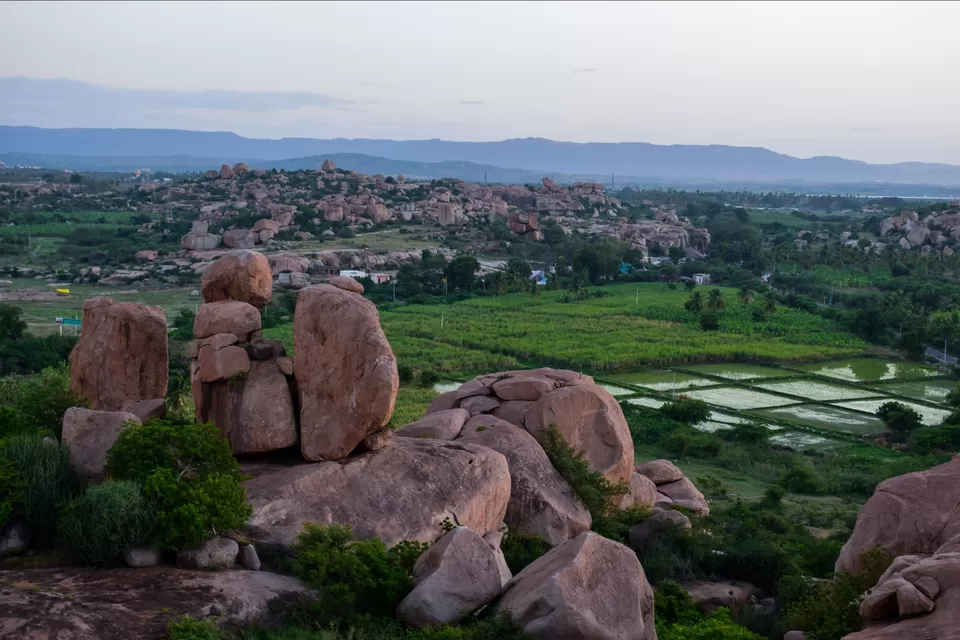
This iconic temple is one among the very few living temples in Hampi dedicated to Virupaksha, a form of Lord Shiva. It's one of the oldest living temples in India dating back to the 7th century A D. Situated in the vicinity of the famous Matanga hill and Hampi bazaar, the temple is considered to be an absolute marvel, and a piece of great engineering and architecture owing to it's complicate mathematical sublimity which illustrates the concept of Fractals. The stone engravings, carvings and inscriptions on the pillars and walls of the temple portrays the story of Lord Shiva, Krishna's childhood and also depicts the two great Indian epics- Ramayana and Mahabharata. There are carvings which portrays the glory and honours of Chalukya Kings and Vijayanagara empire. The temple was sanctified by the Chalukya King Vikramaditya-II on his Queen Lokamahadevi's suggestion to commemorate his victory over Pallavas of Kanchipuram. Later the temple complex was built by chieftain Lakkana Dandesha under the rule of King Deva Raya II in the 14th century A D.
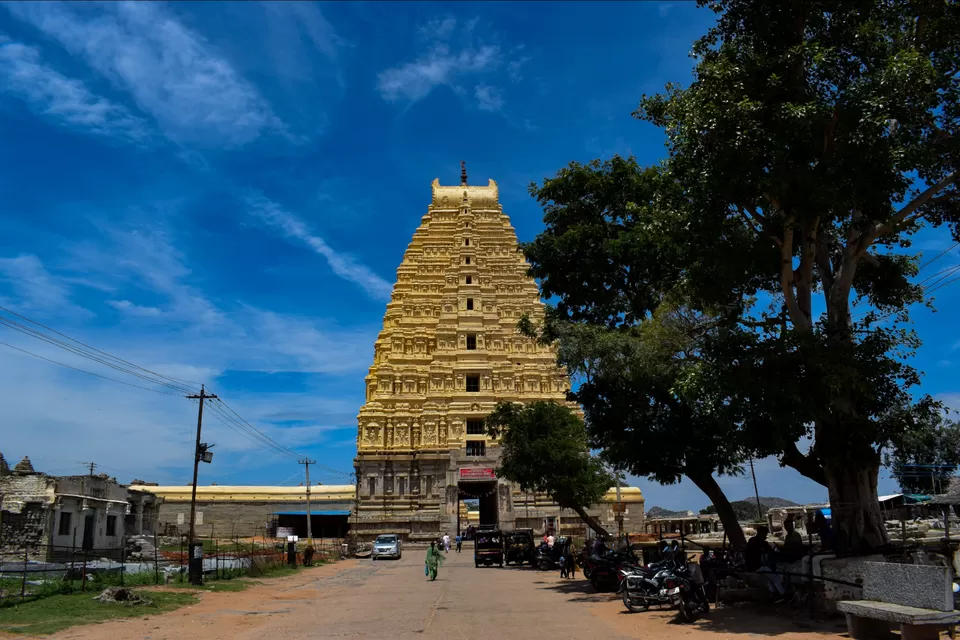
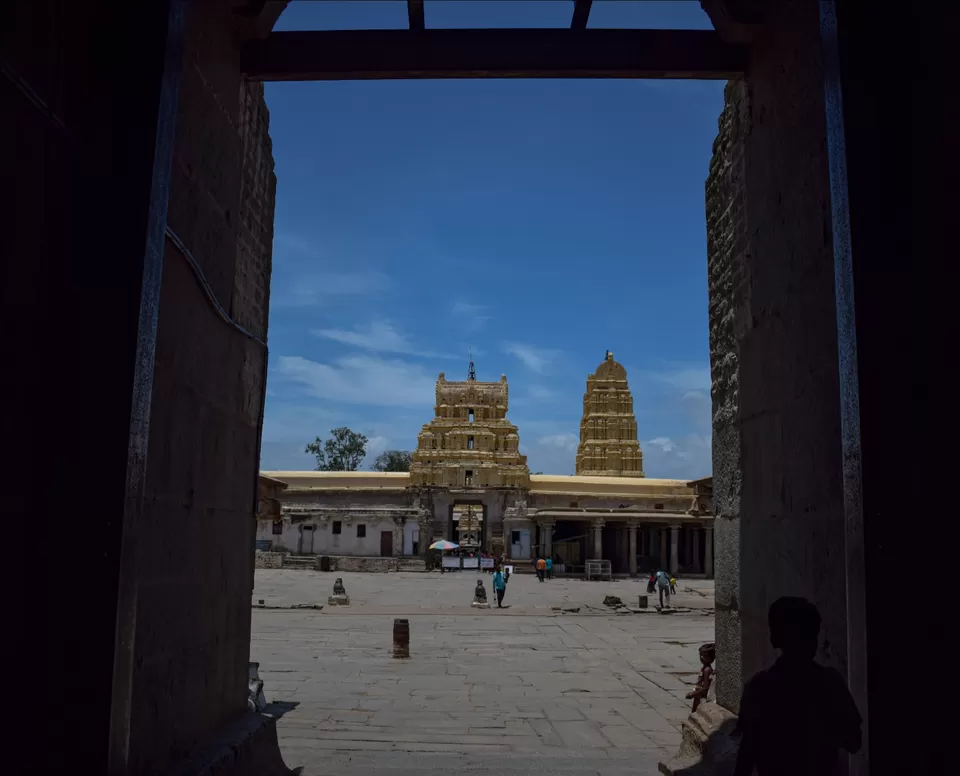
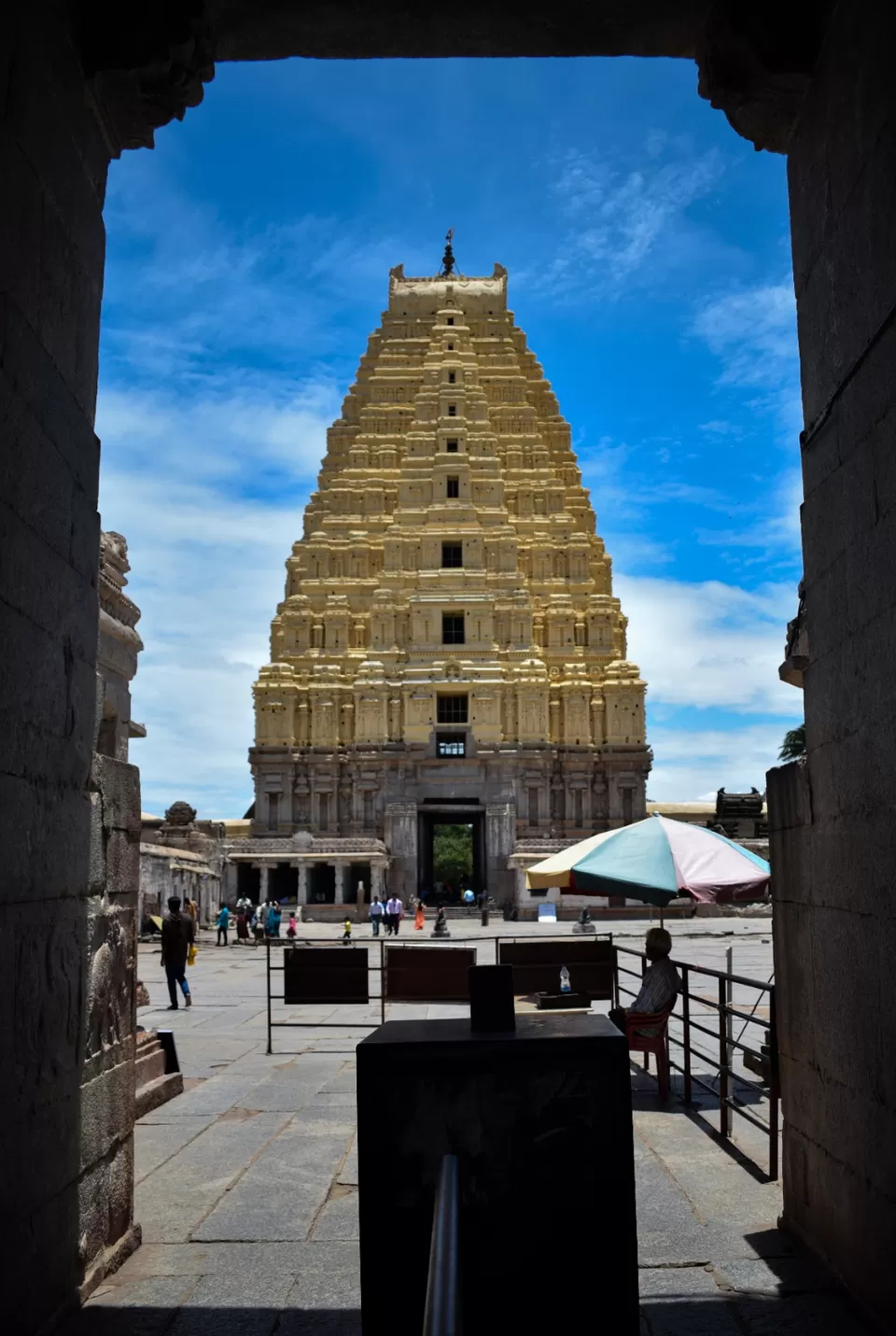
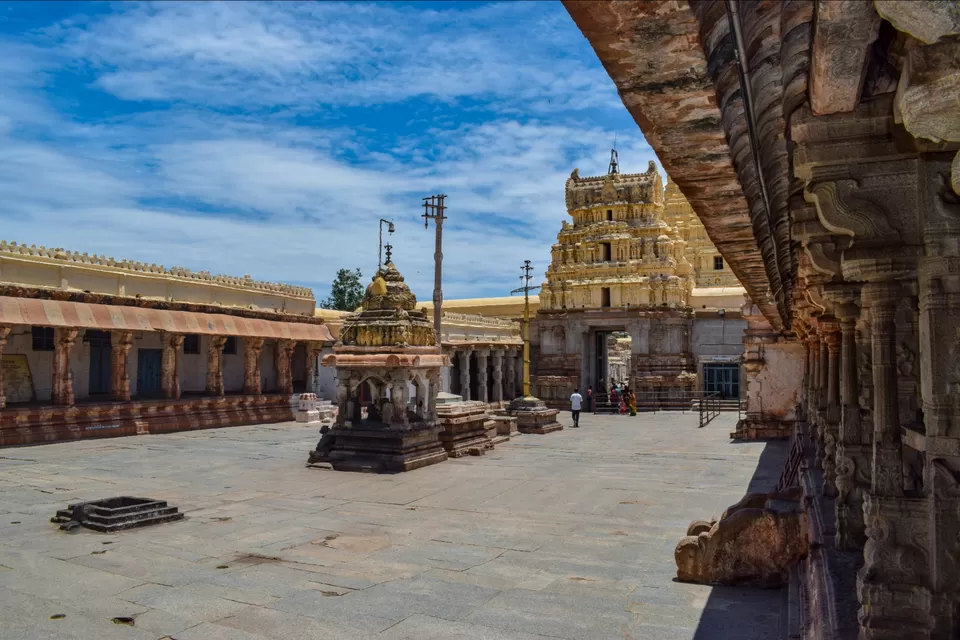
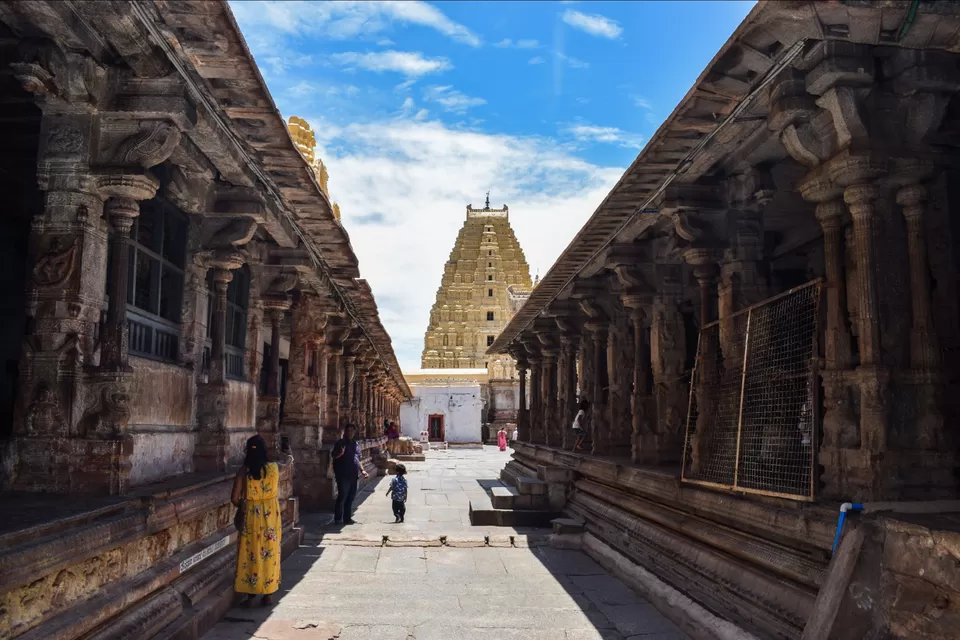
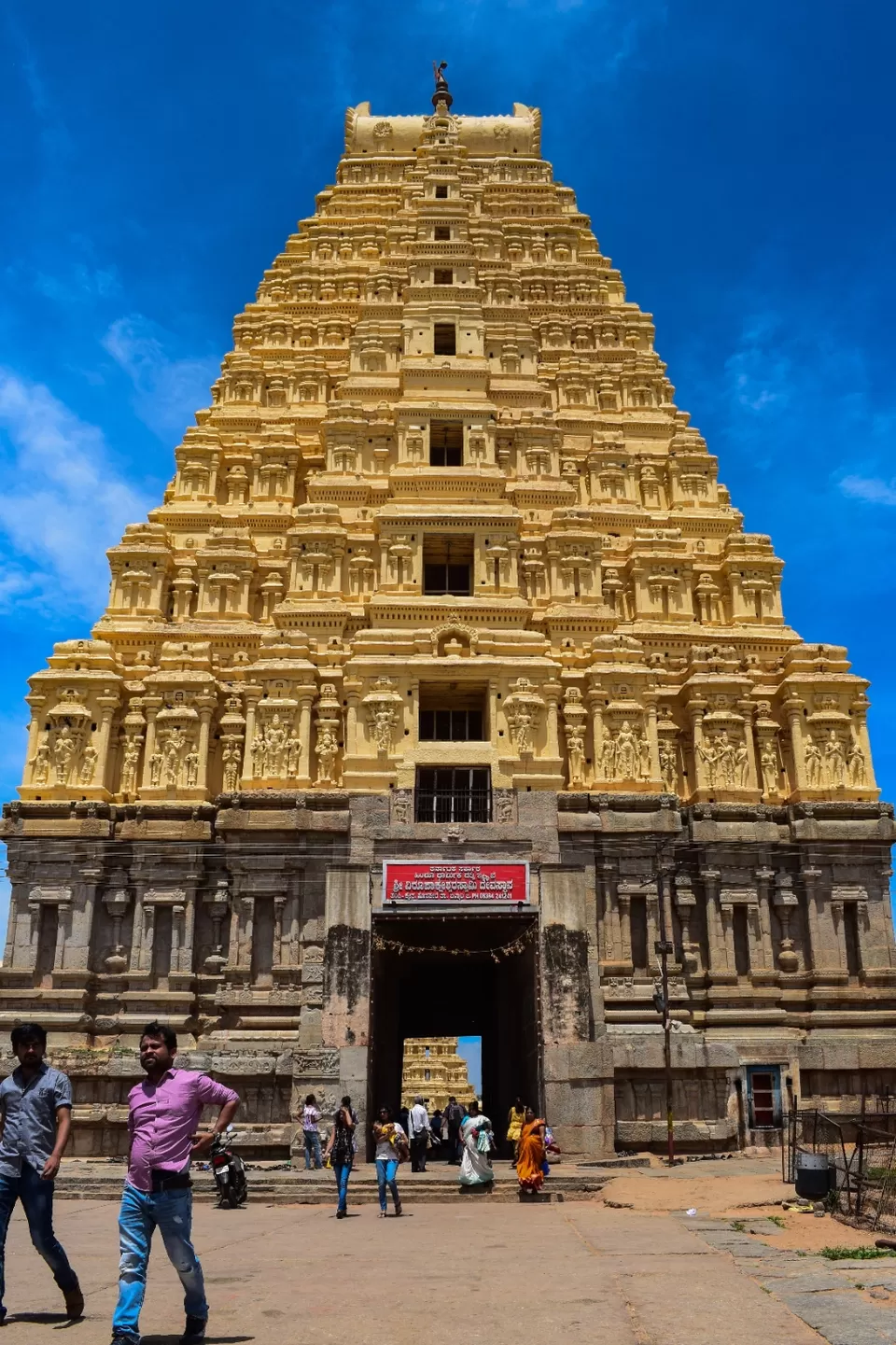
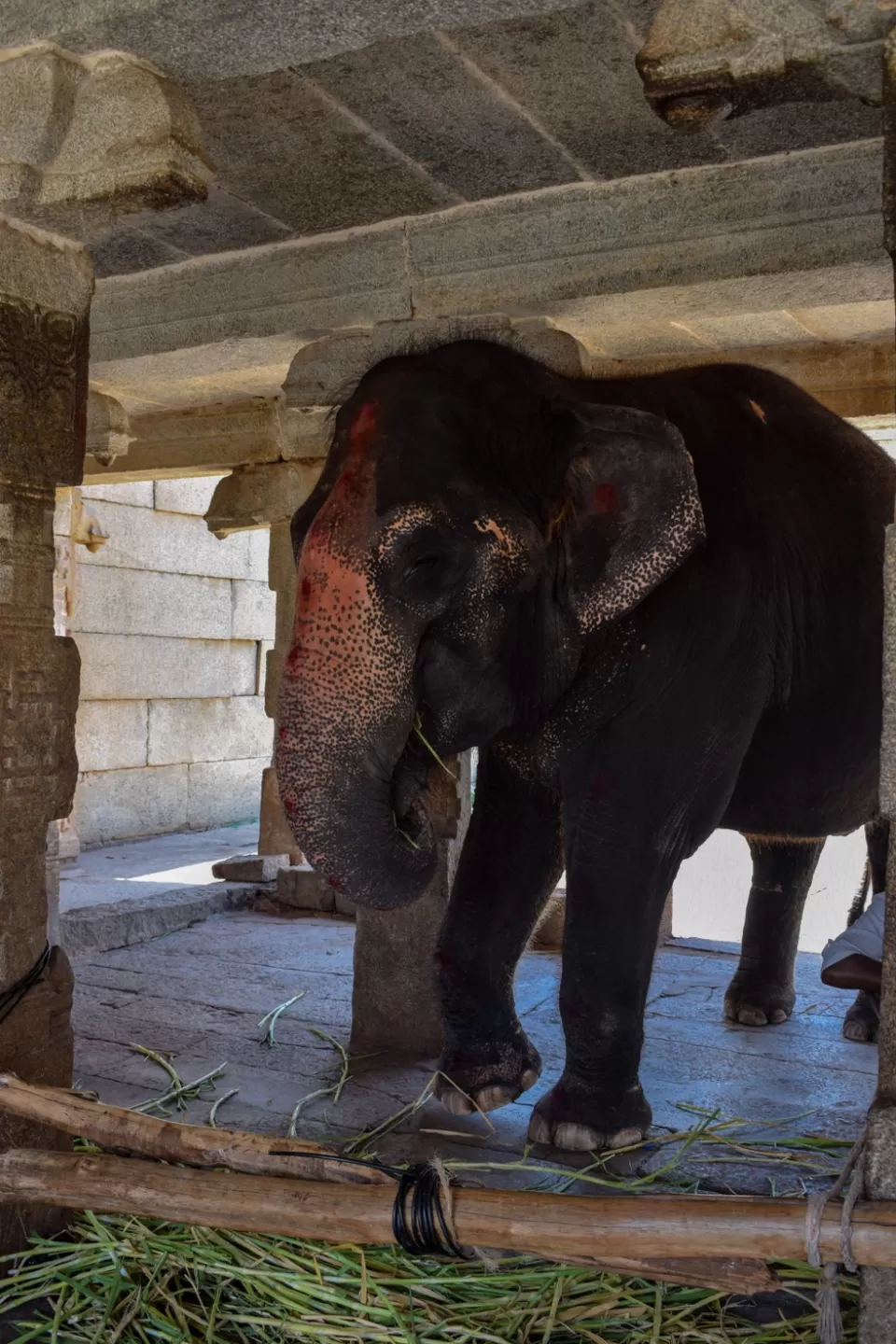
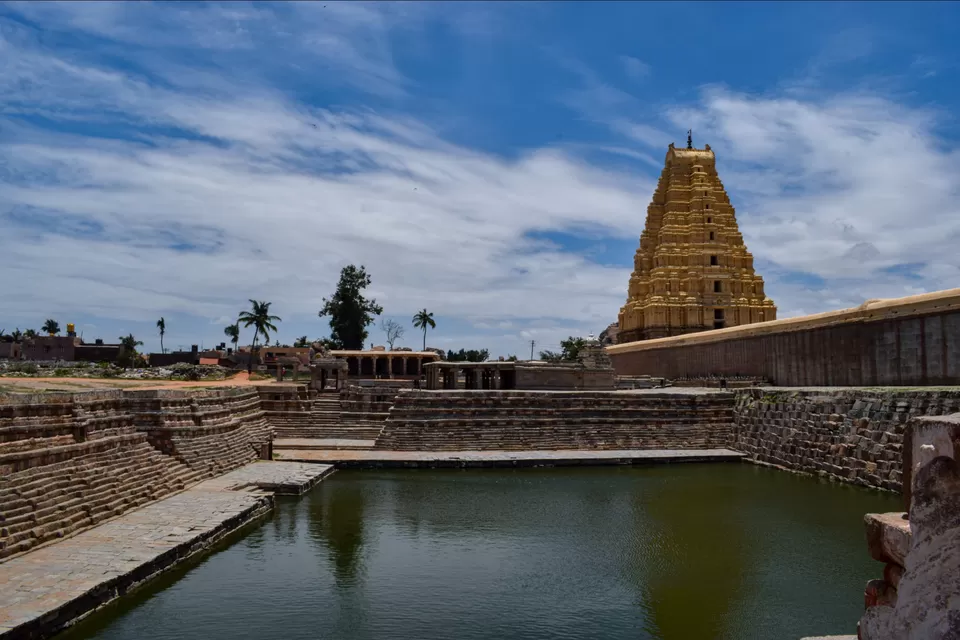
• The best rated restaurant here is "The Mango Tree " restaurant in Hampi Bazaar.
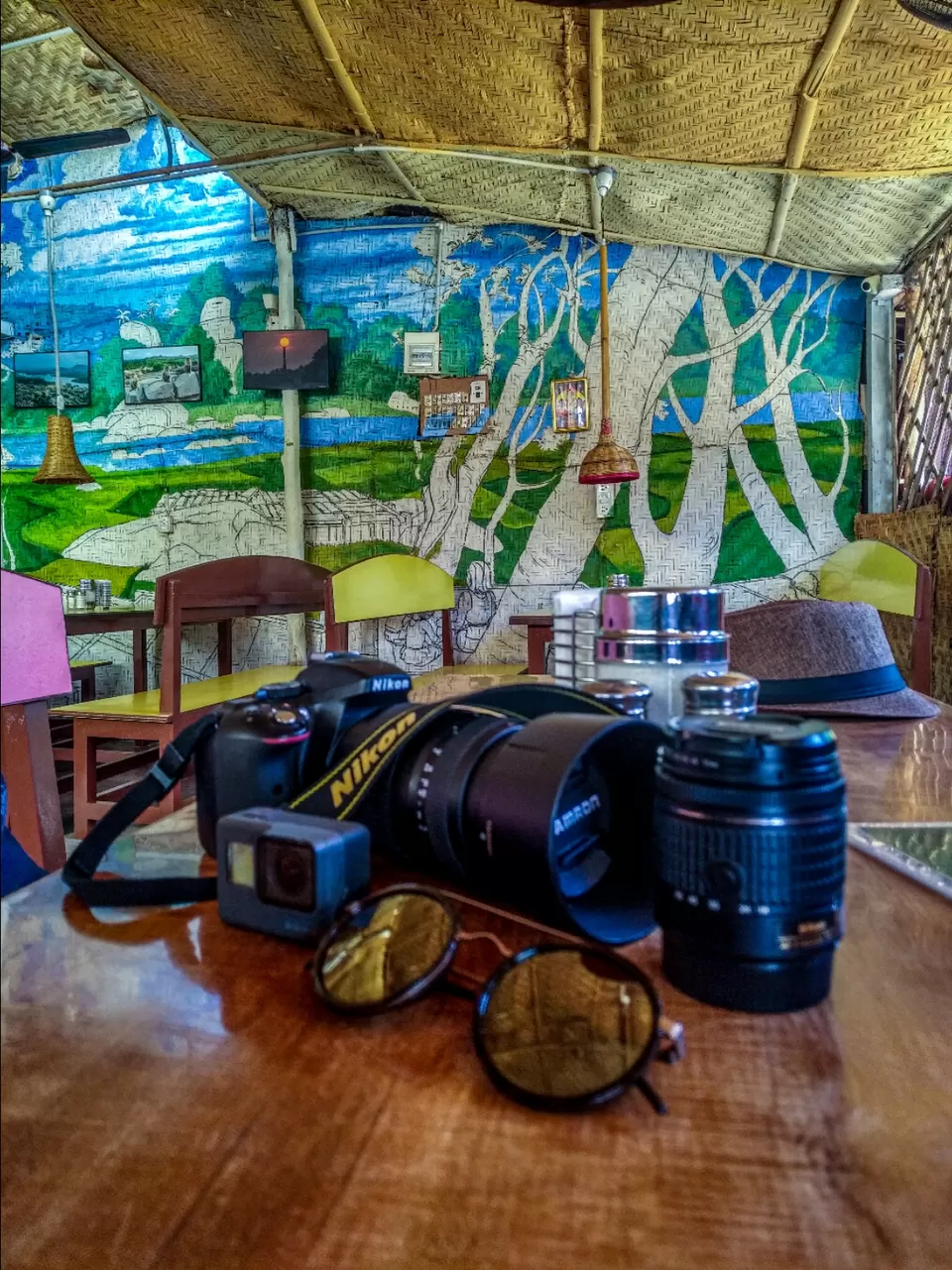
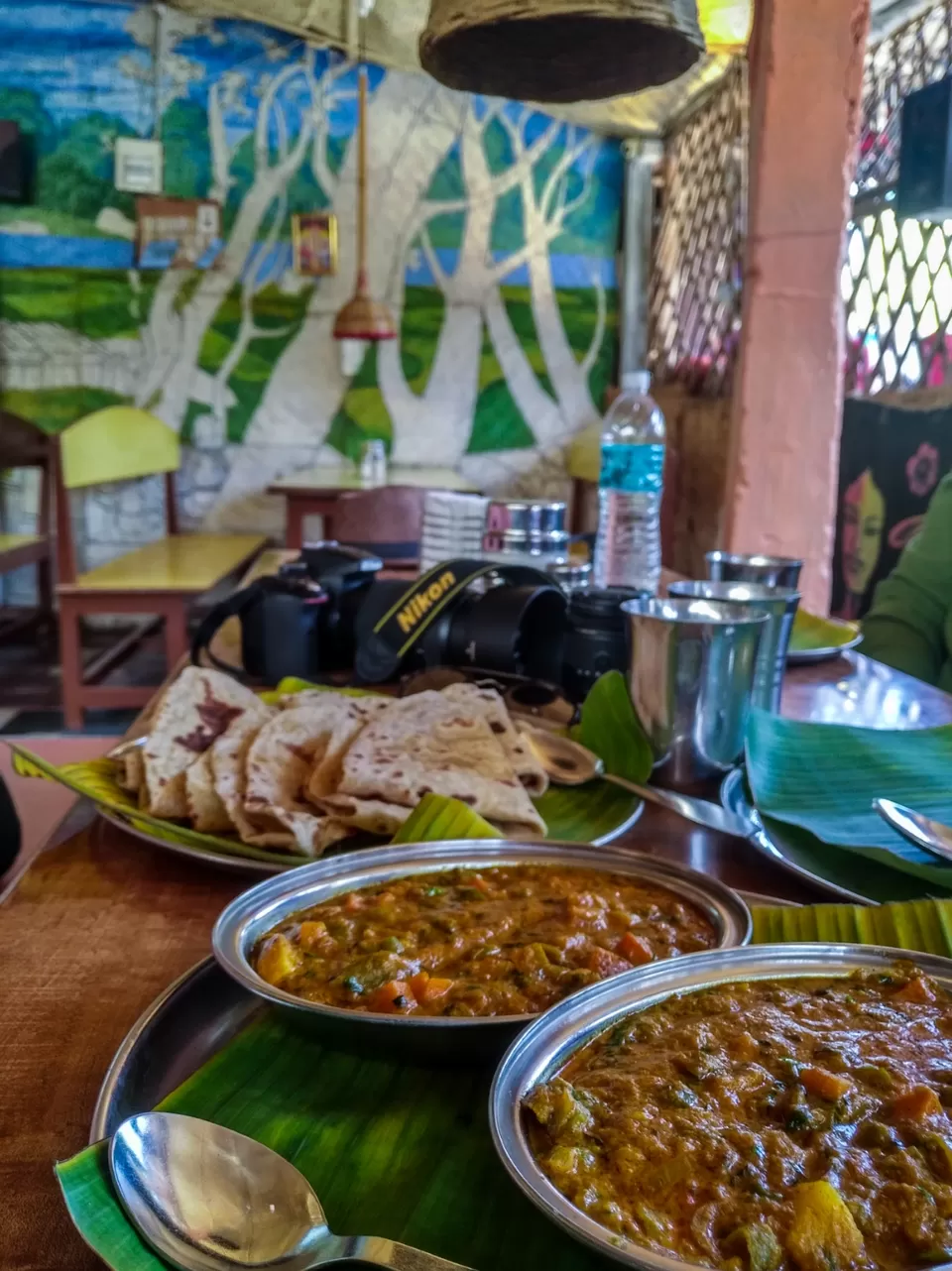
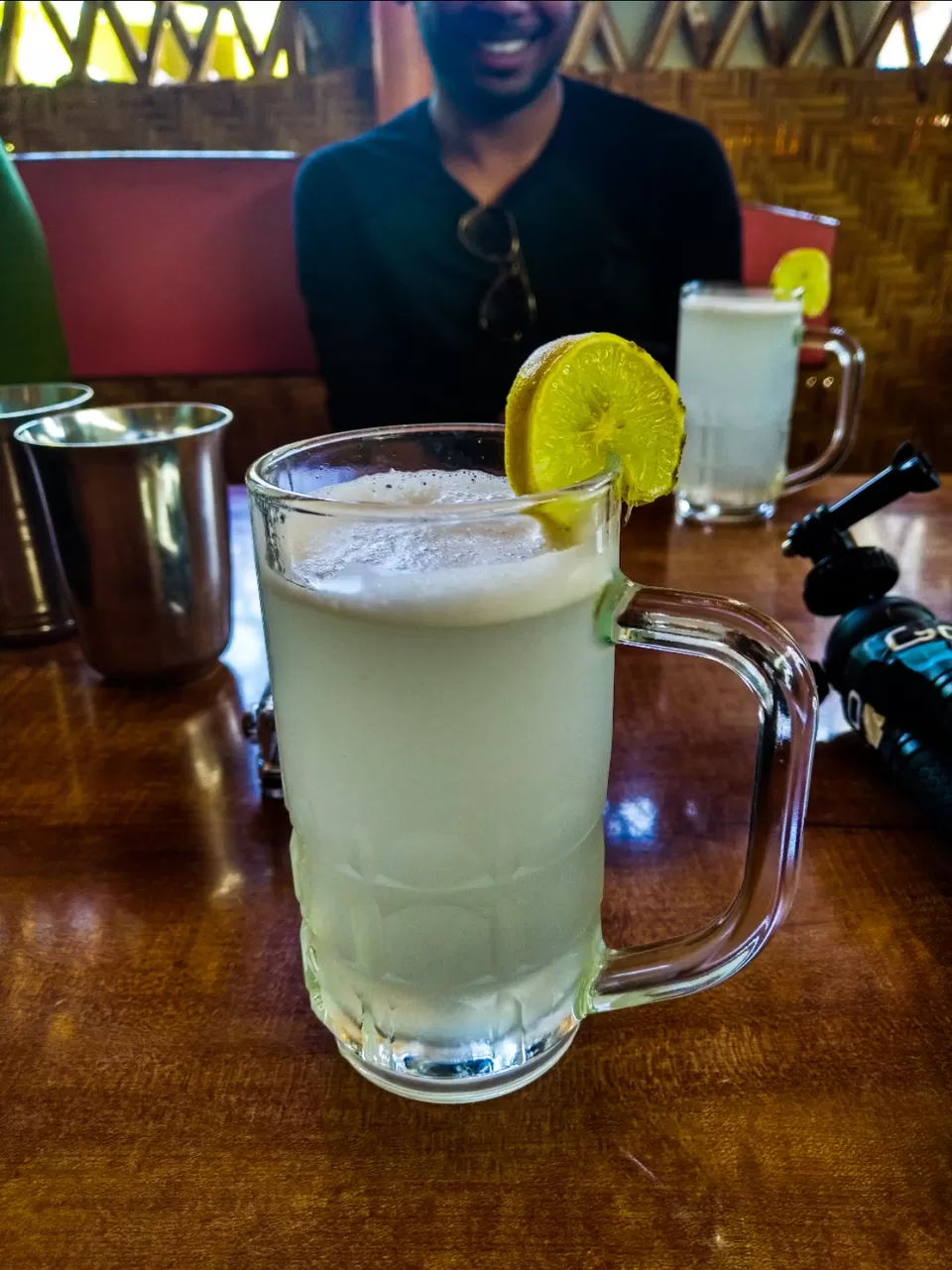
Yet another example of an artisan's impeccable mastery, the stone chariot of Vijaya Vitthala temple complex speaks volumes about the resplendence of Indian temple architecture. Dedicated to Lord Vishnu's Vitthala form, the temple is a major and the most famous attraction in Hampi after Virupaksha temple. The temple has one among the three stone chariots in the country with the other two in Konark and Mahabalipuram. Another fascinating structure here is the "Mahamandapa" which consists of musical pillars. The pillars produce hollow musical sounds when struck with fingers.
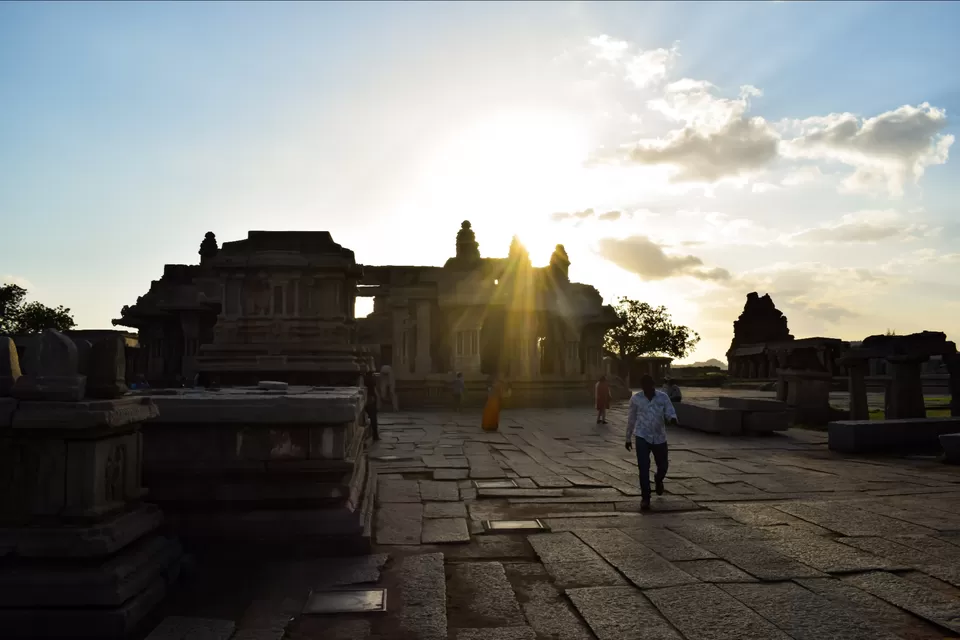
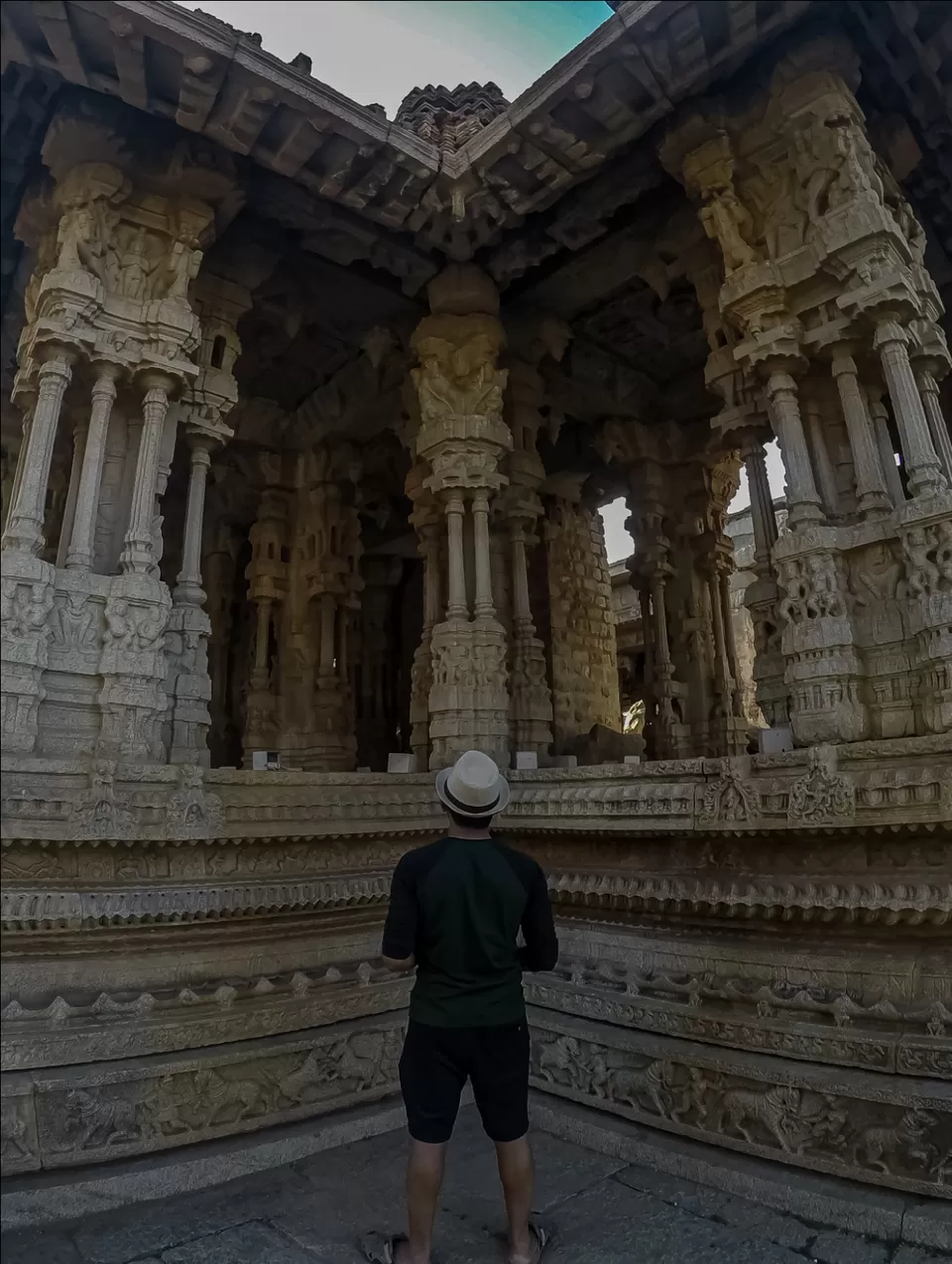
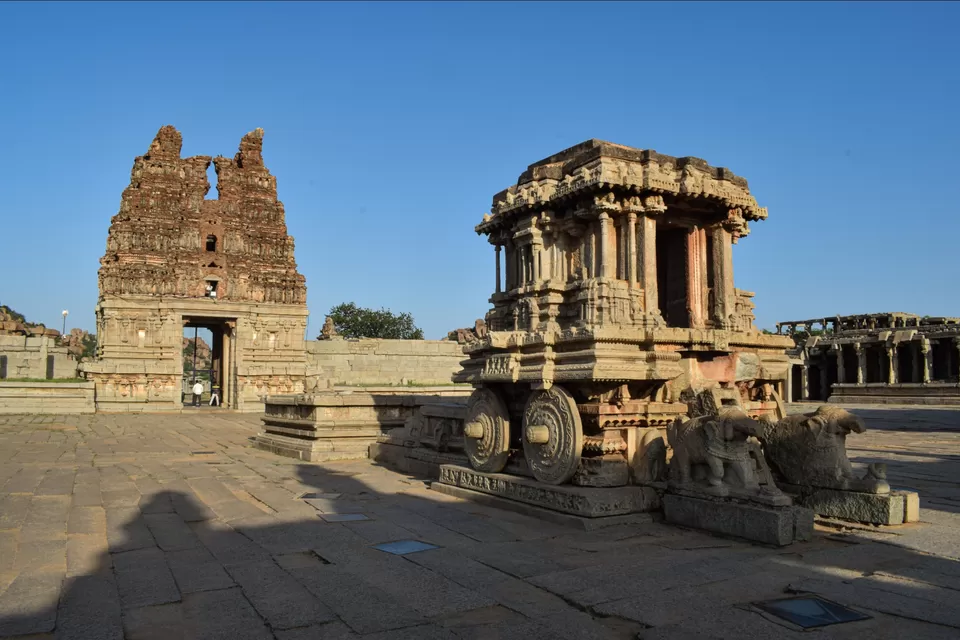
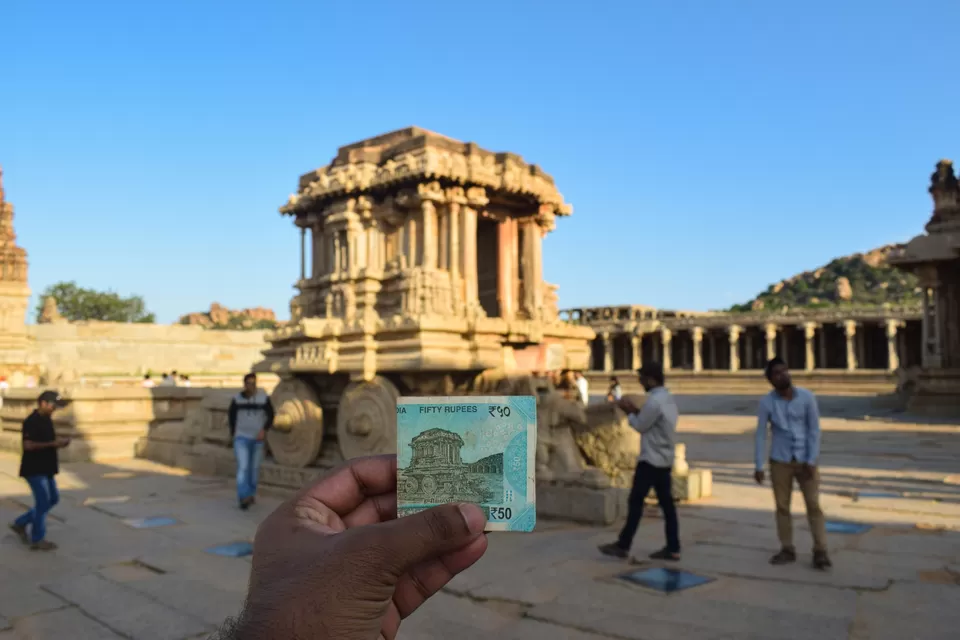
This is an underground temple dedicated to Lord Shiva which is situated on the way to Hazara Rama temple. The residing deity of this non functional temple is Prasanna Virupaksha. The water from Thungabhadra river that reaches the temple through a canal, submerge most of the temple complex including the inner sanctum.
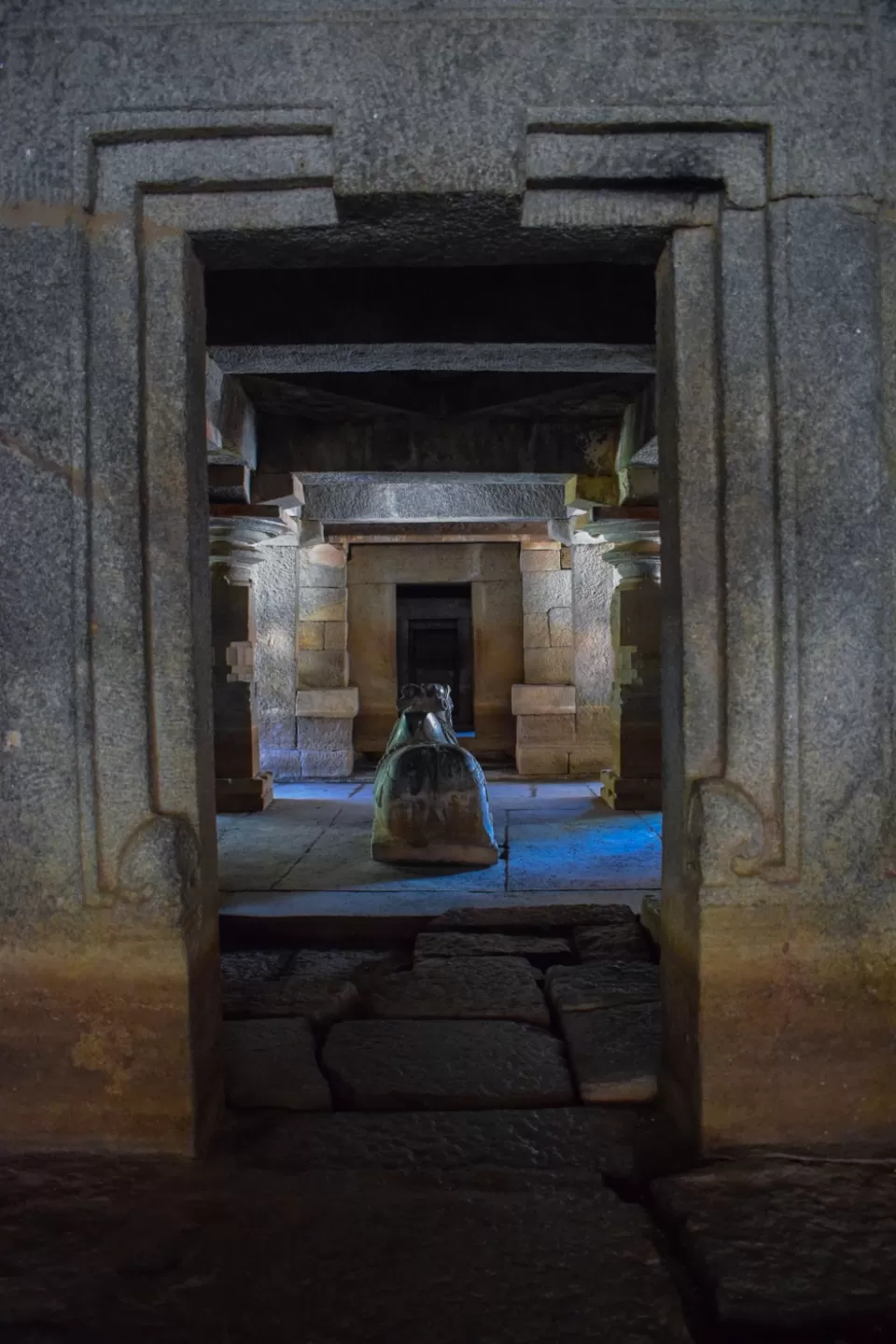
Visit this place to witness the captivating sun set that casts mojo on your inner soul to redeem it with a soothing sense of well being while in the calming backdrop of majestic boulders, cold evening breeze and reposeful paddy fields. The whole environment here is filled with positive vibes that instantly alleviates your dull mind.
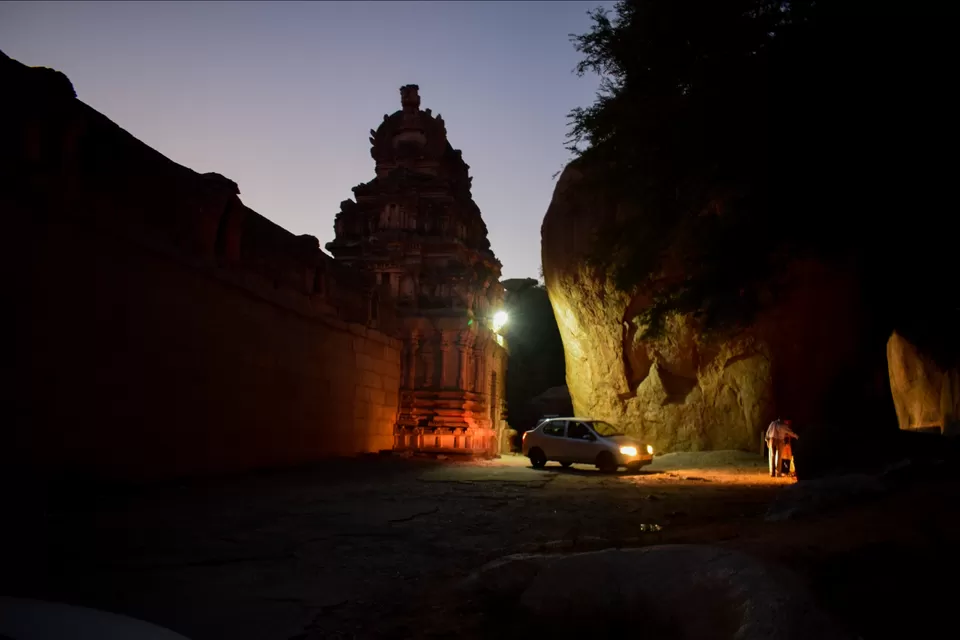
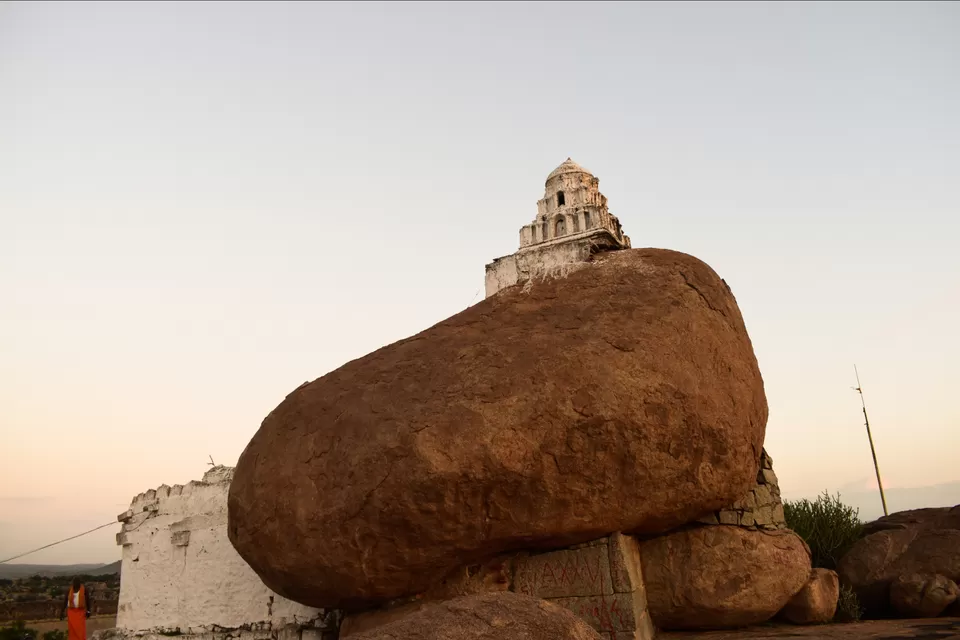
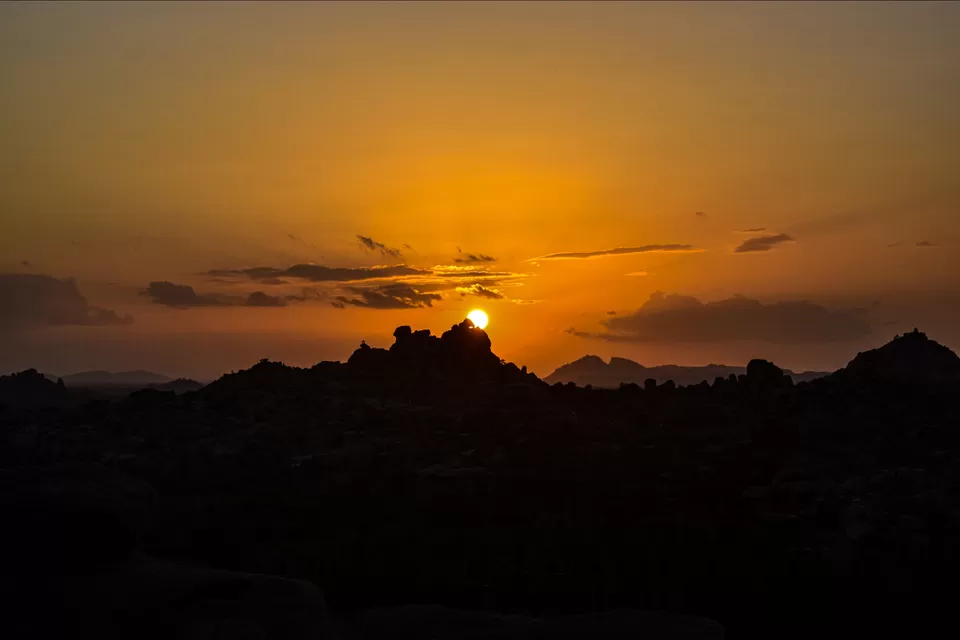
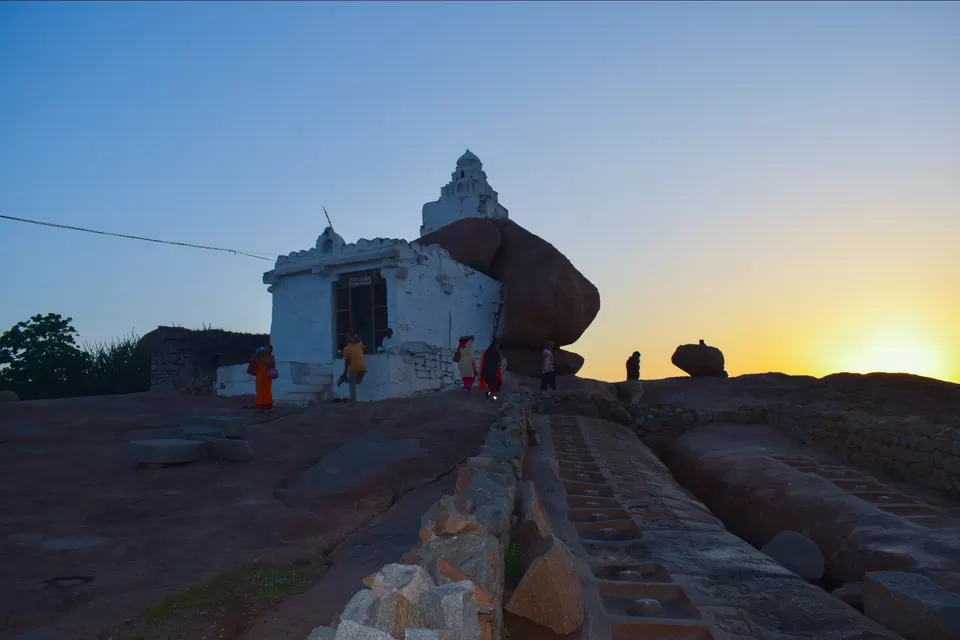
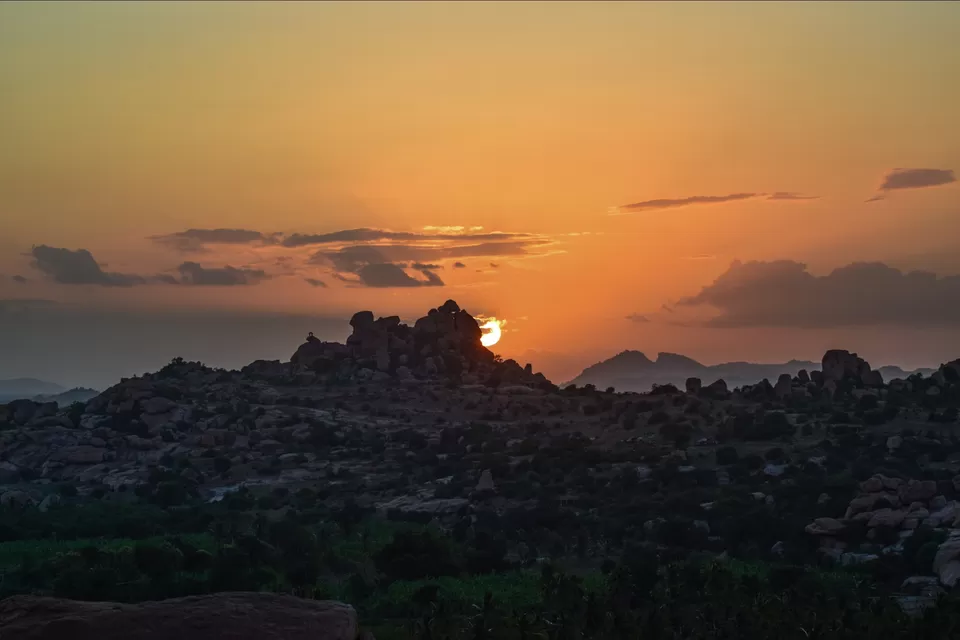
Zenana enclosure which literally means a secluded inner house for women in India was a fortified area exclusively for royal women with Indo-Islamic architecture guarded by eunuchs. The enclosure comprises of watch towers, Kamal Mahal, an elephant stable, Queen's palace, water pavilion and a royal treasury building. Largely destroyed, the Kamal Mahal still remains intact. I overheard from a guide that the Lotus mahal wasn't damaged by the mughals because of it's Islamic style of architecture. Out of thousands of elephants of Vijayanagara empire, only the best ten were chosen to be in the enclosure's stable which were used exclusively for royal ceremonies.
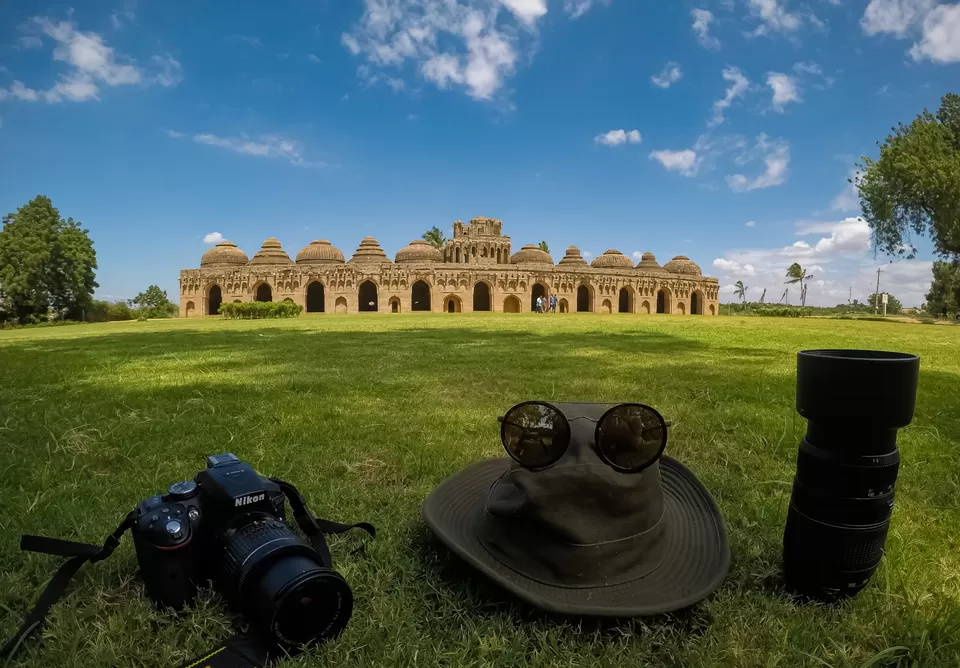
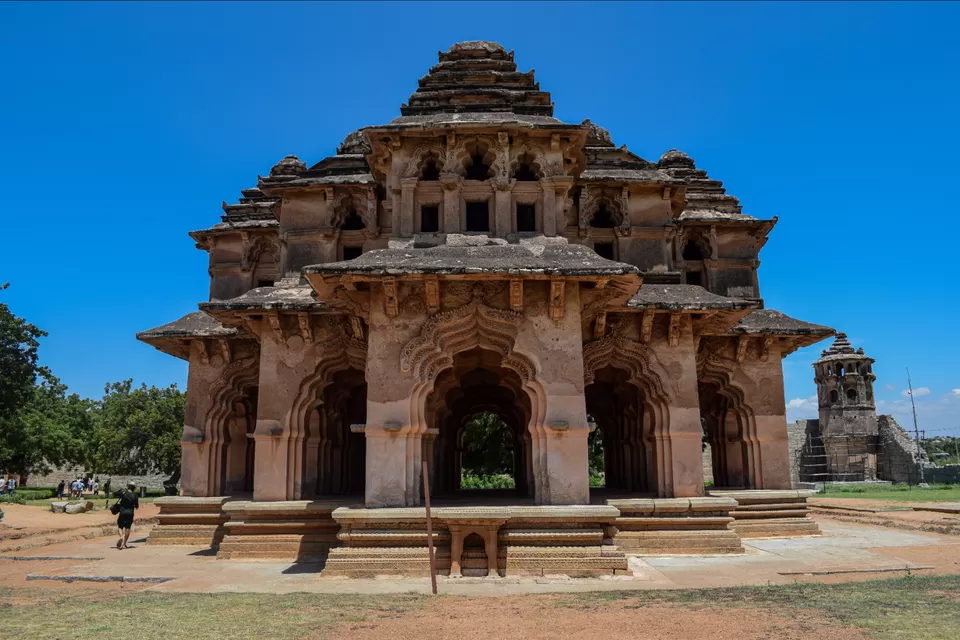
At a distance of about 136 kms from the town of Hosapete, the route to Badami takes you across a lengthy express highway frequented by trucks, traversing across small hamlets and town of Koppal district of North Karnataka. Journey across this part of northern Karnataka rather made me realize that I am fortunate enough to have born in a geographically prosperous place. You would feel like you time travelled more than two decades past the present day. The town of Koppal were dotted with petty shops, crowded vegetable bazaar, livestock market, sounder of swine in the filth filled gutters with their piglets, one storey low built lime washed houses, and sepia tinged hair dresser's shops. The hamlets gave a gloomy feeling with shepherds lazily trudging along with the sheeps on the poor pastures, scattered paddy fields, and dusty roads. It was uncomfortably hot and the whole environ seemed like as if I am looking through an yellow tinged lens due to Sun's intense beam even in the monsoon. Ah!! It's always dog days here. Usually the semi arid, water scarce places with meagre vegetation aren't much developed. The geography of a place is one of the prime factors or attributes of development. The rich western ghats seems to overshadow the arid deccan plateau restricting the rain bearing clouds and hence resulting in poor precipitation.
Probably the most impressive rock cut architecture of India, the cave temples of Badami, the erstwhile royal capital of Chalukya dynasty will definitely blow you away. Carved out into four caves, the the giant limestone gouges consists of carvings of various forms of Shiva and Vishnu with last cave dedicated solely for Jainism. Built around 5th-6th century AD, the cave temples represent one of the earliest Hindu architecture marvels. Cave-I which is dedicated to Shaivism has carvings of Harihara on the left and Ardhanari on the right. The ceiling is graced with a beautiful coiled sculpture of the snake king "Nagaraja". Another important attraction here is the carving of the dancing 18 armed Siva Natesha. The craftsmen of first cave are Aychaswami and Kalakutti. Cave-II seems to be dedicated to Vaishnavites which consists of sculptures of Vamana-Trivikrama and Bhuvaraha. Here the ceiling is adorned with a sculpture of "matsya chakra" . The cave bears the signatures of craftsmen- Vachya, Buru and Duttoja. Cave 3 dedicated largely to "Maha Vishnu" is the largest and most decorated of all. There is an open verandah and a pillared hall with some sanskrit inscriptions detailing about Chalukya Mangalesha. The cravings here are of the incarnations of Vishnu, Kama-Rati, Shiva-Parvathi and Naga-Nagini. The facade bears the names of craftsmen - Kollamanchi, Singimanchi, and Anu Acharasiddhi. The fourth cave of Badami is dedicated to Jainism with sculpture of Mahavir. The almond brown limestone caves seems more like the Petra of Jordan, exquisitely designed, letter perfect at it's best which highlights the seamless skills of our craftsmen. The structure is an embodiment of fine and rich craftsmanship.
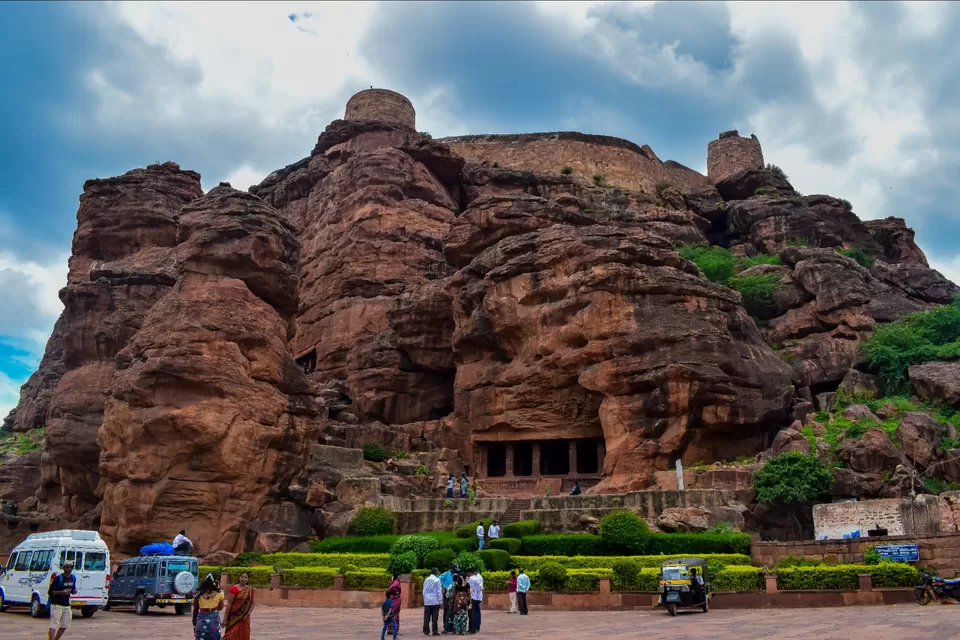
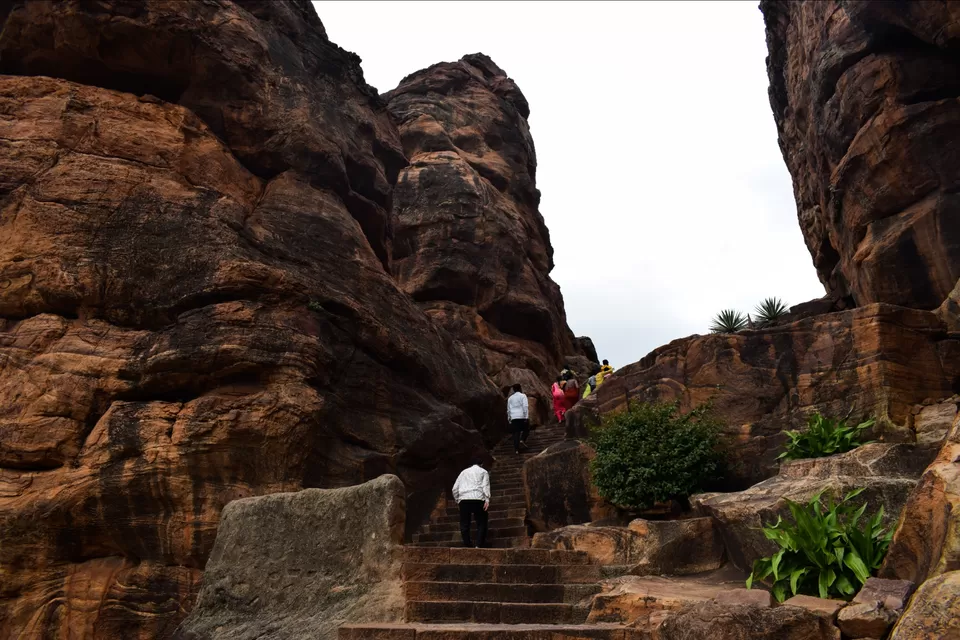
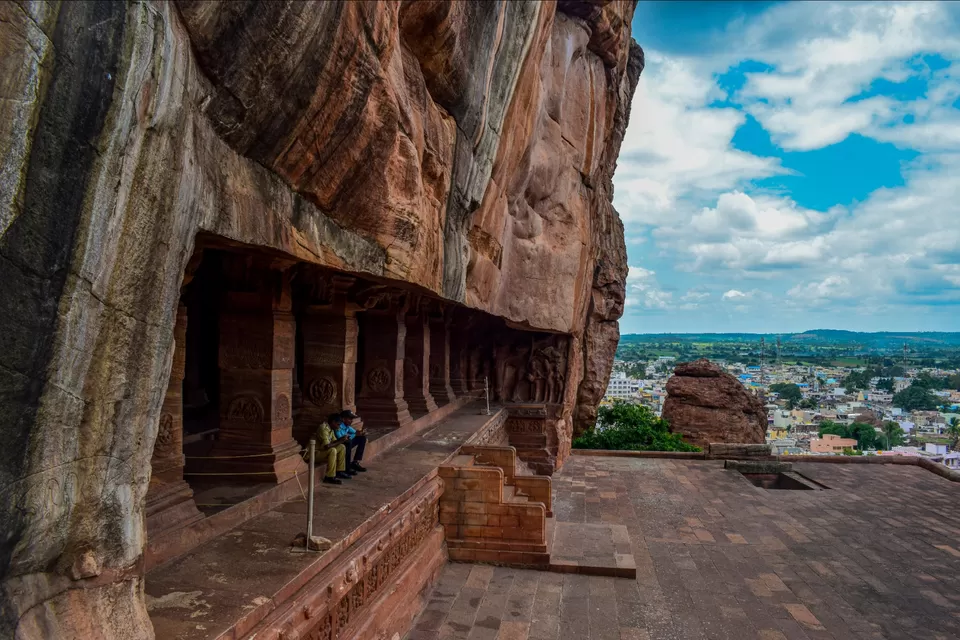
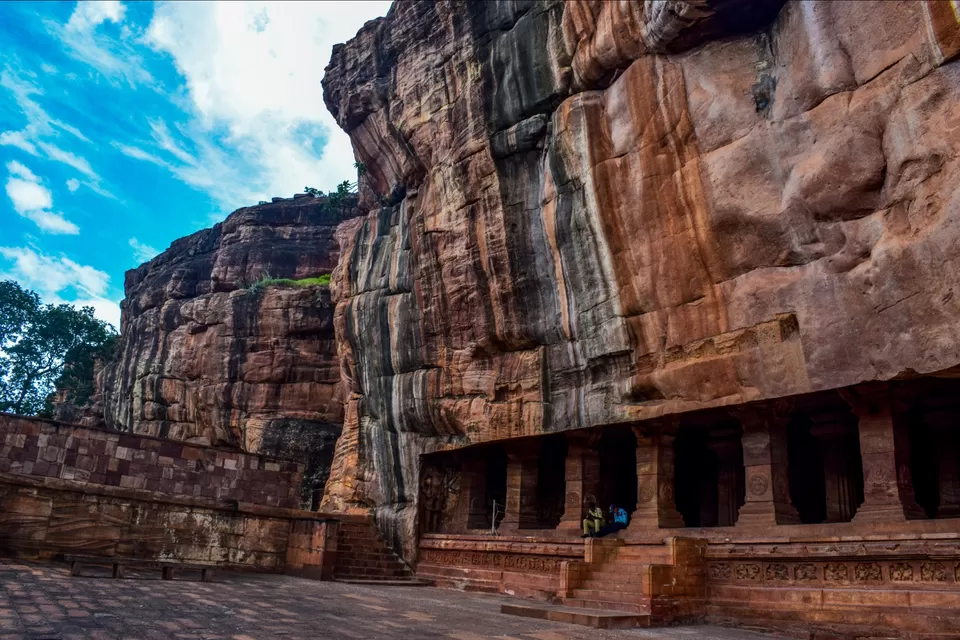
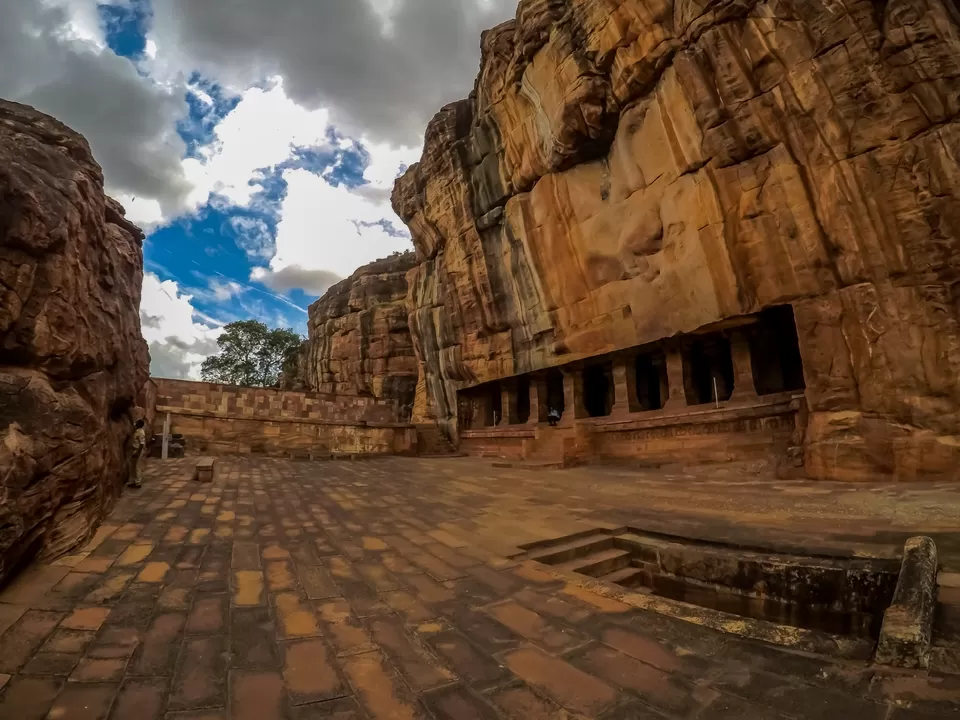
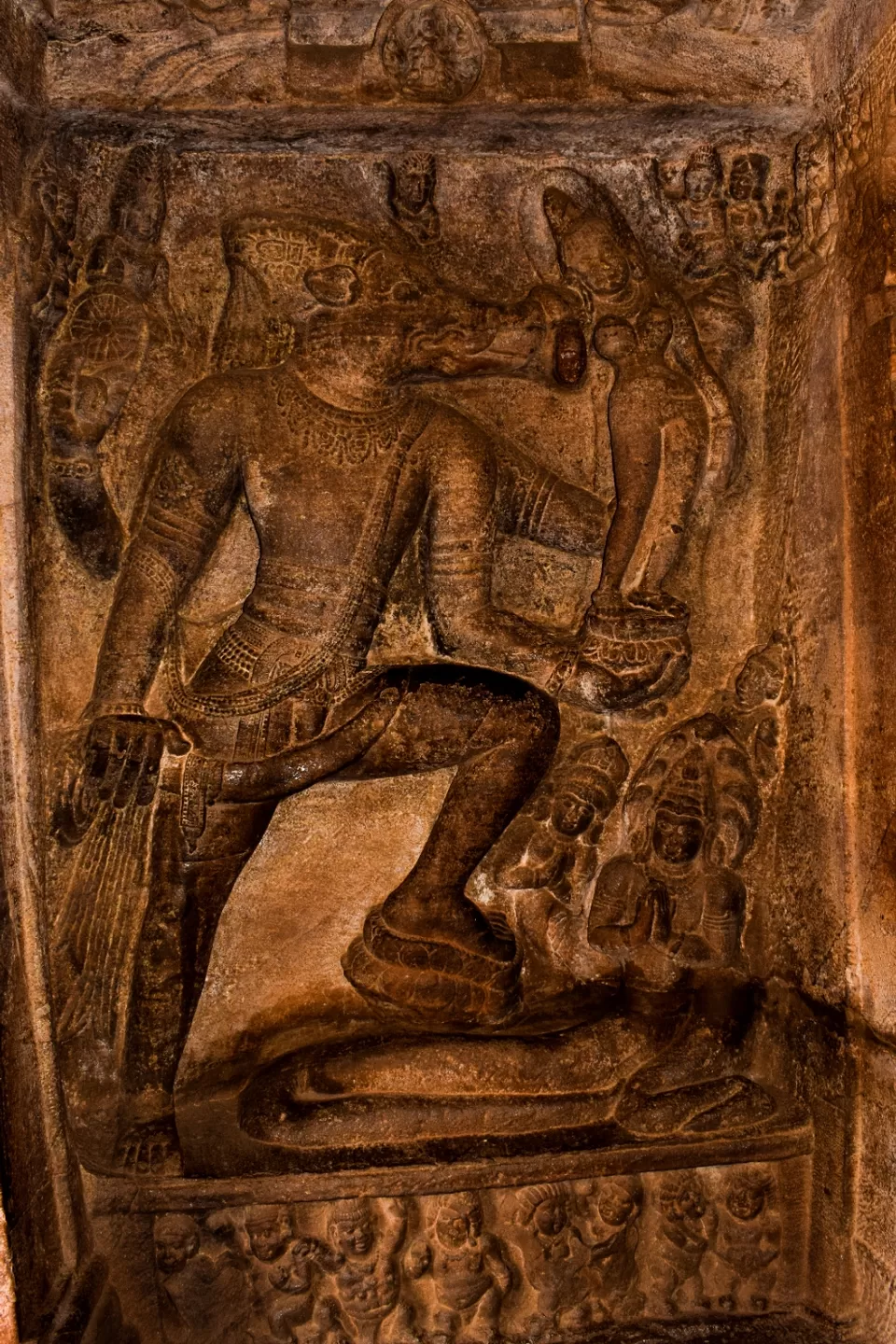
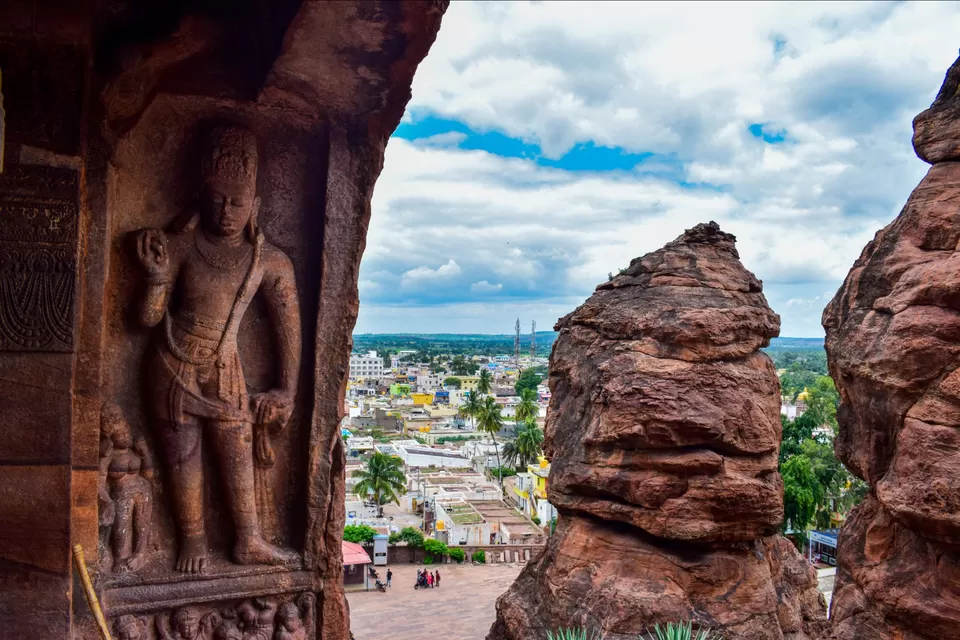
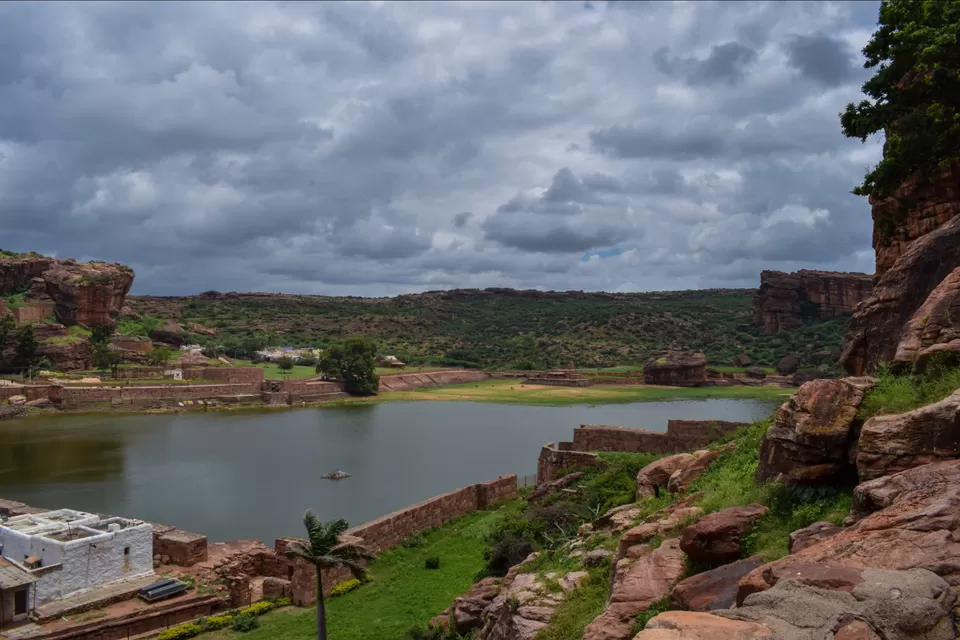
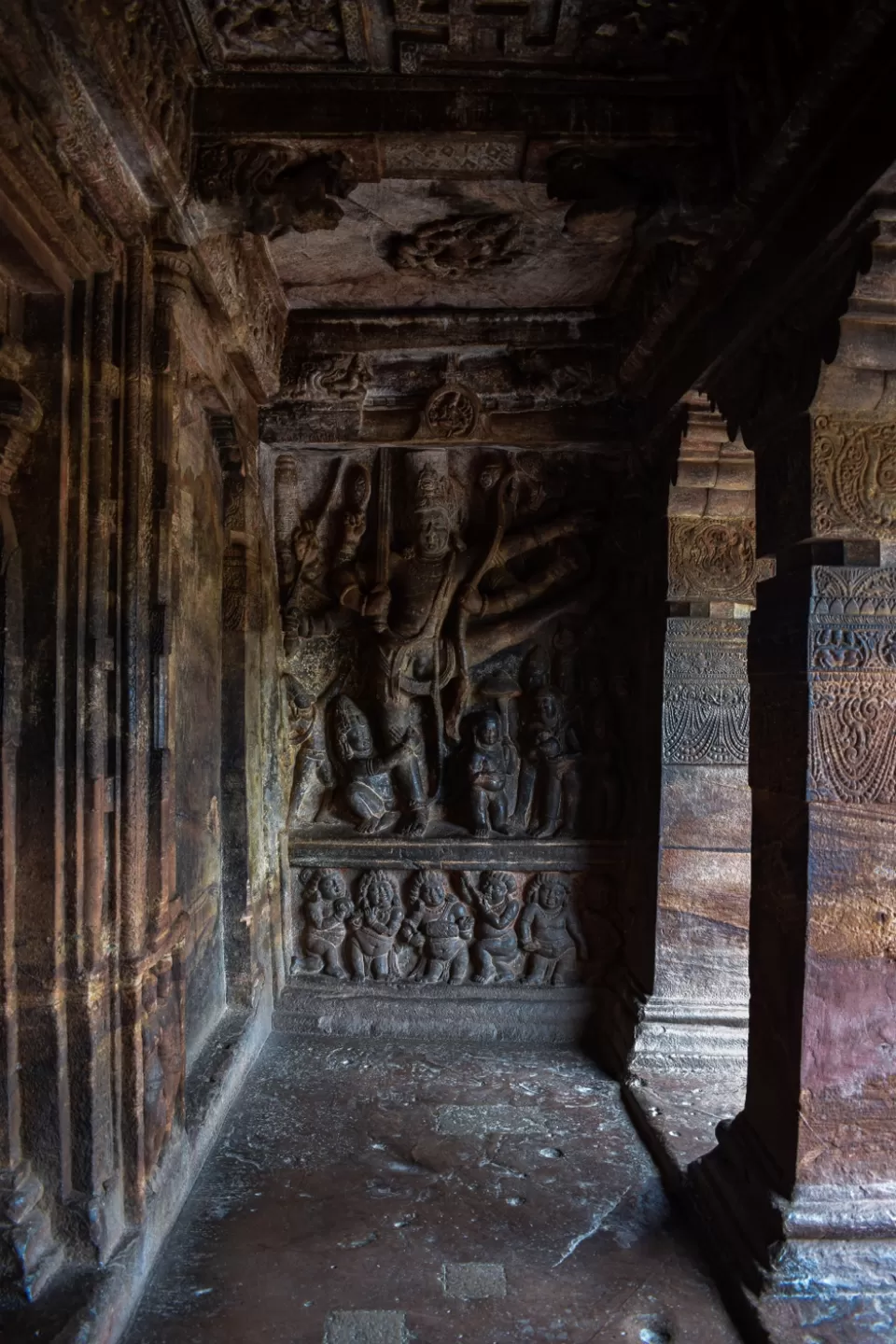
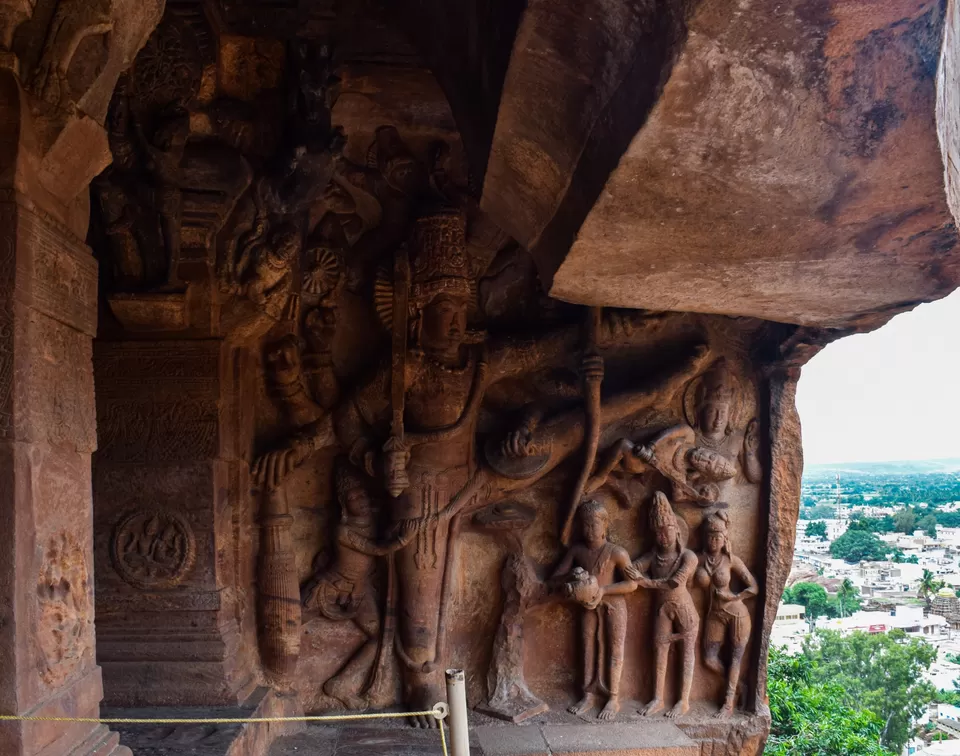
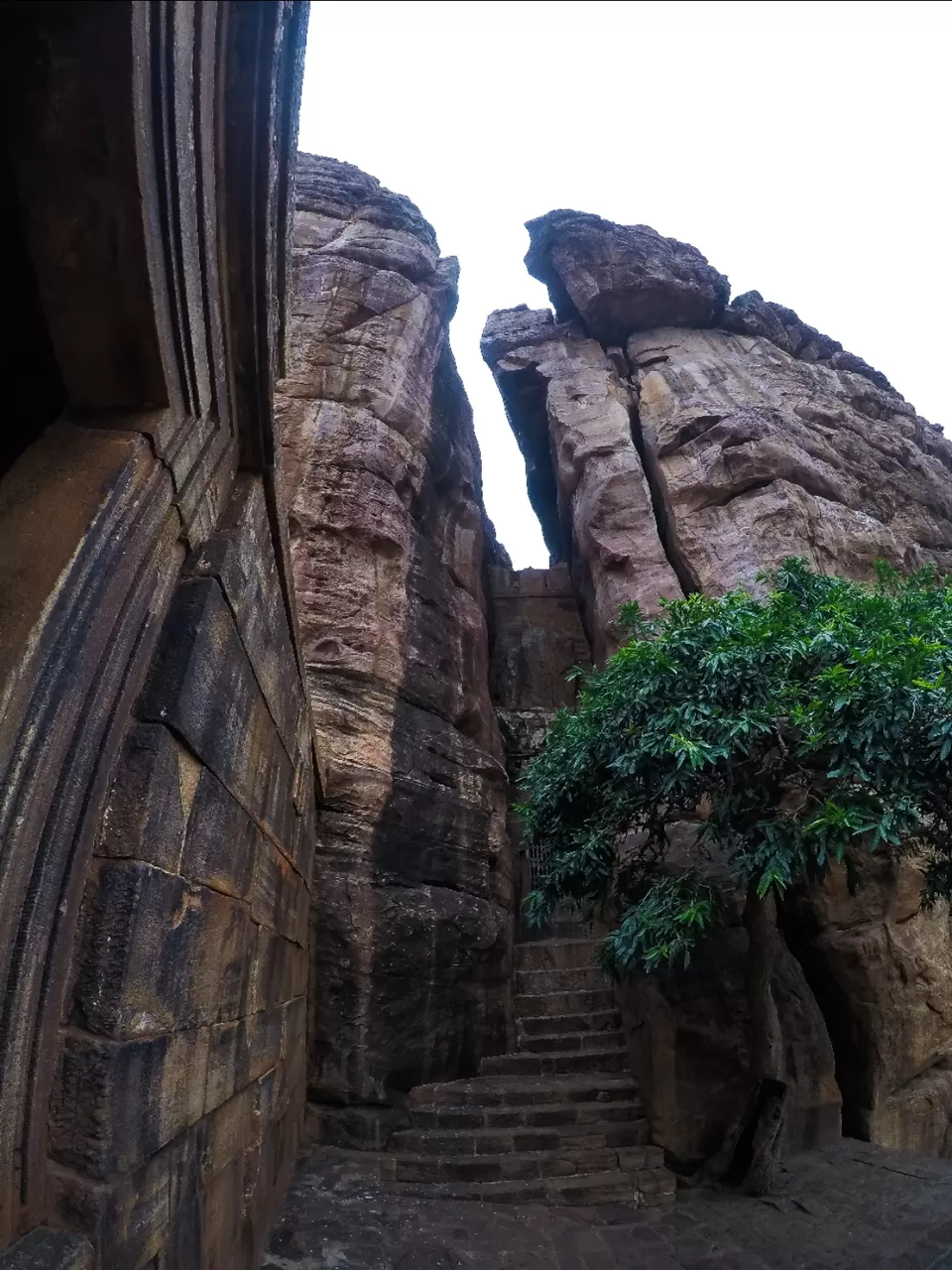
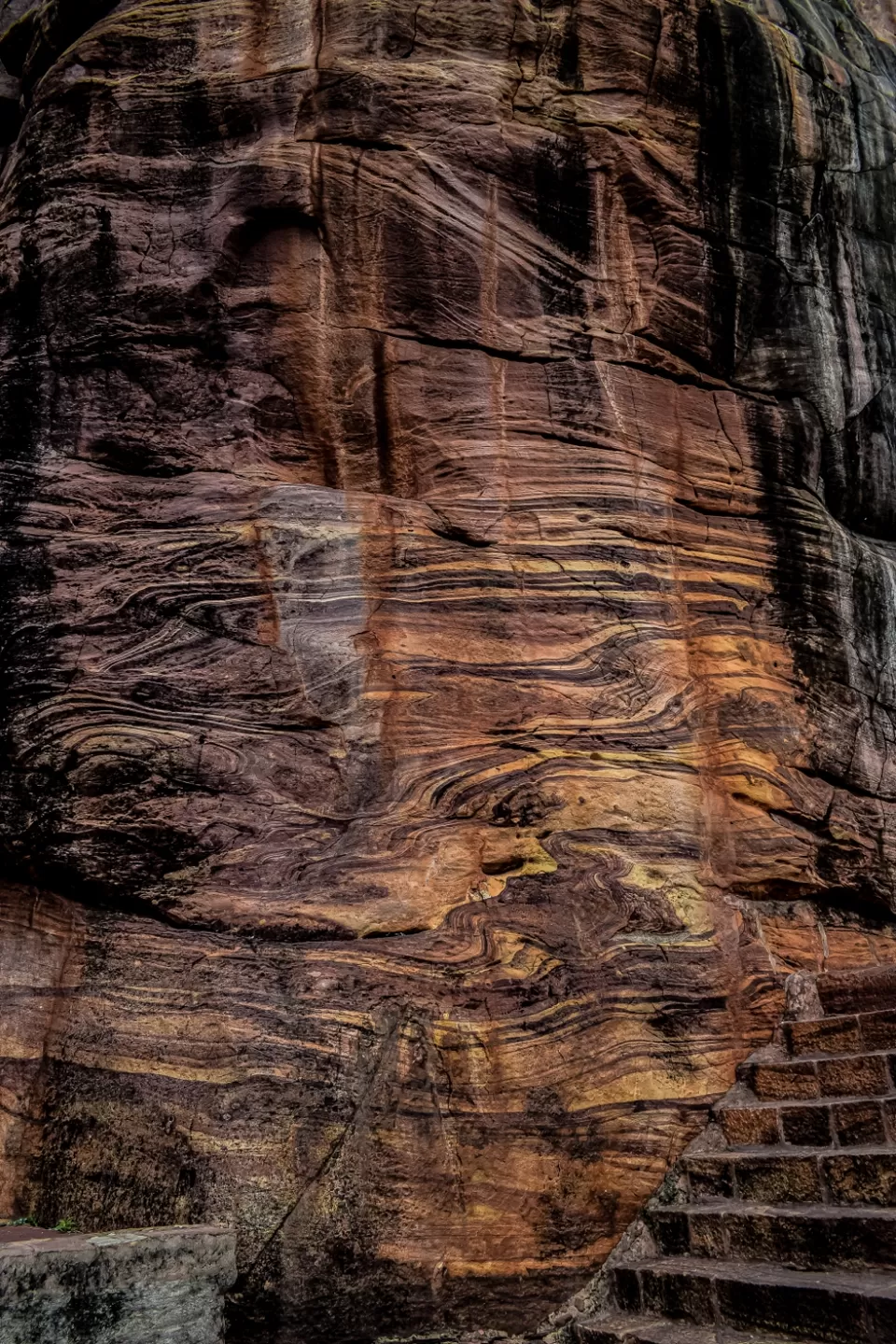
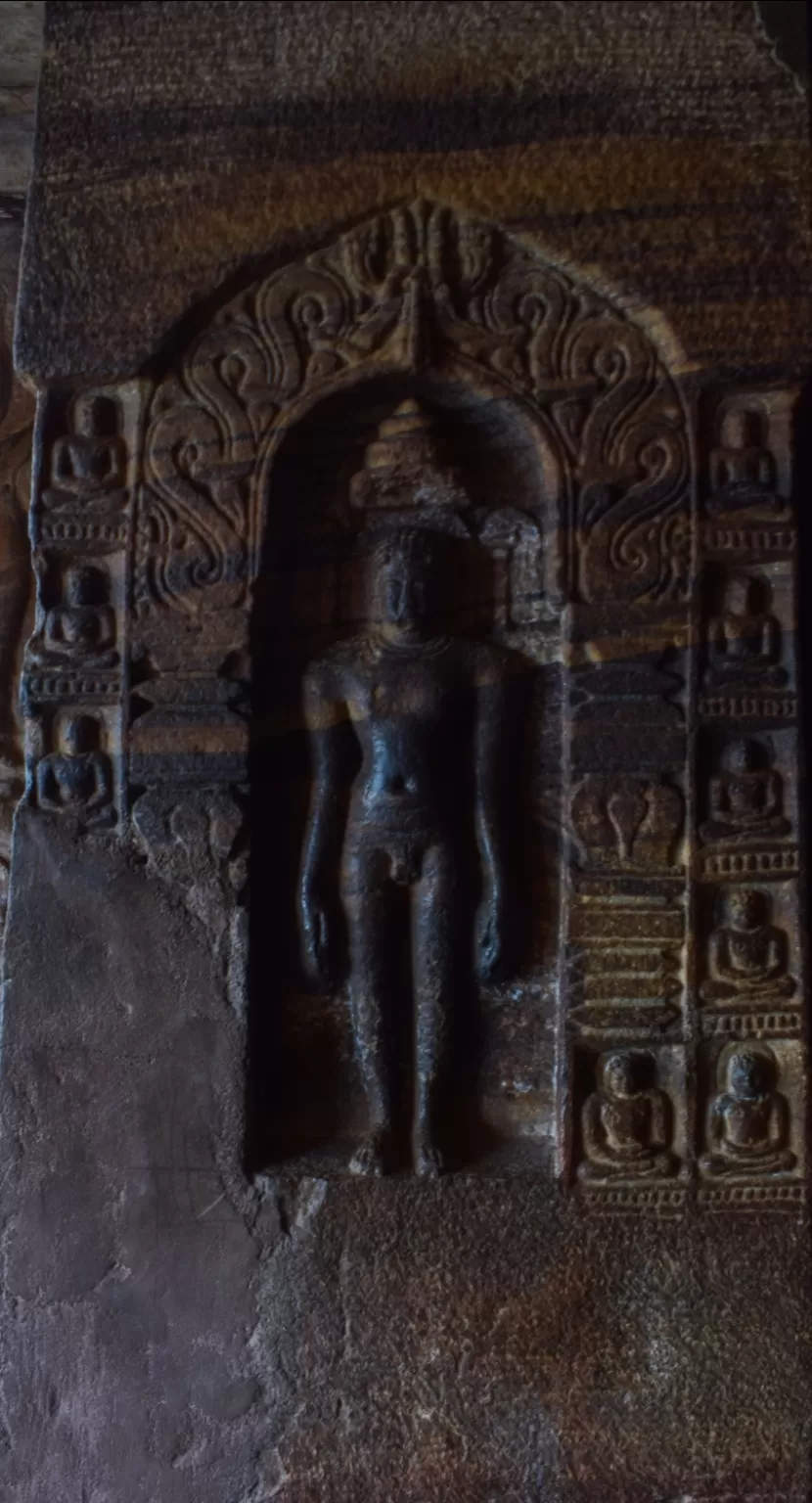
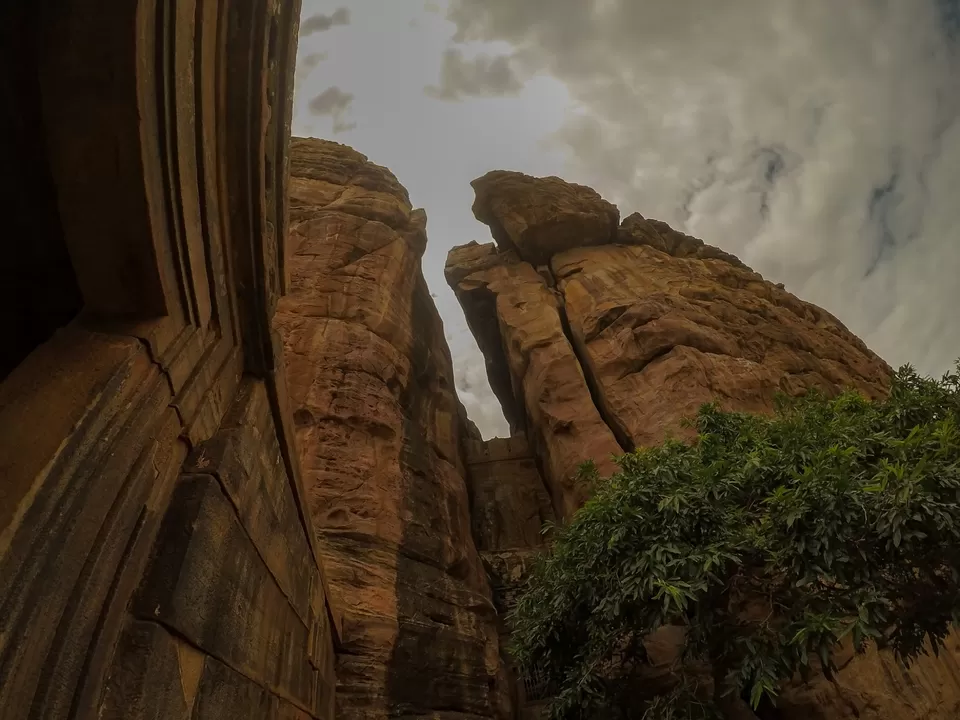
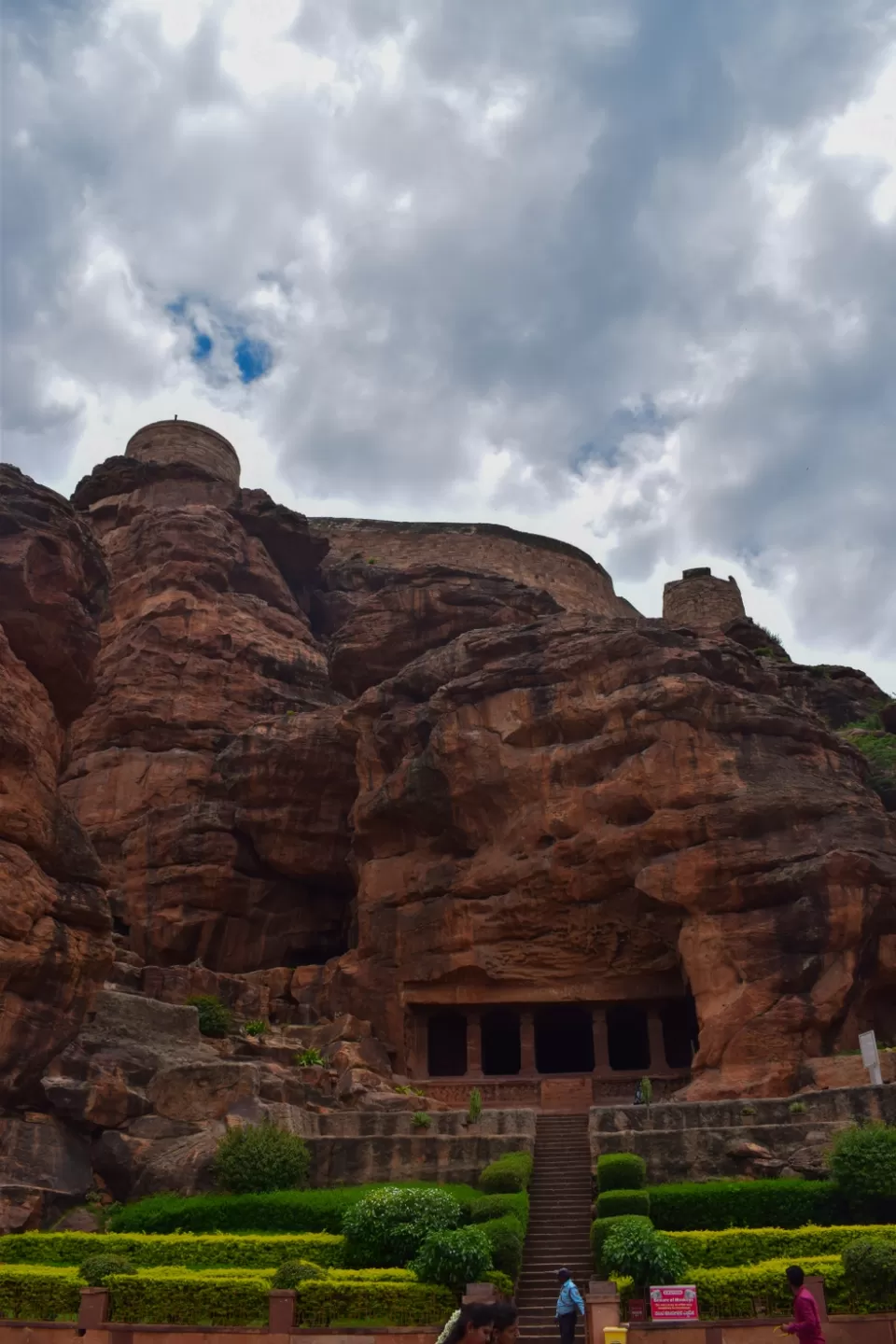
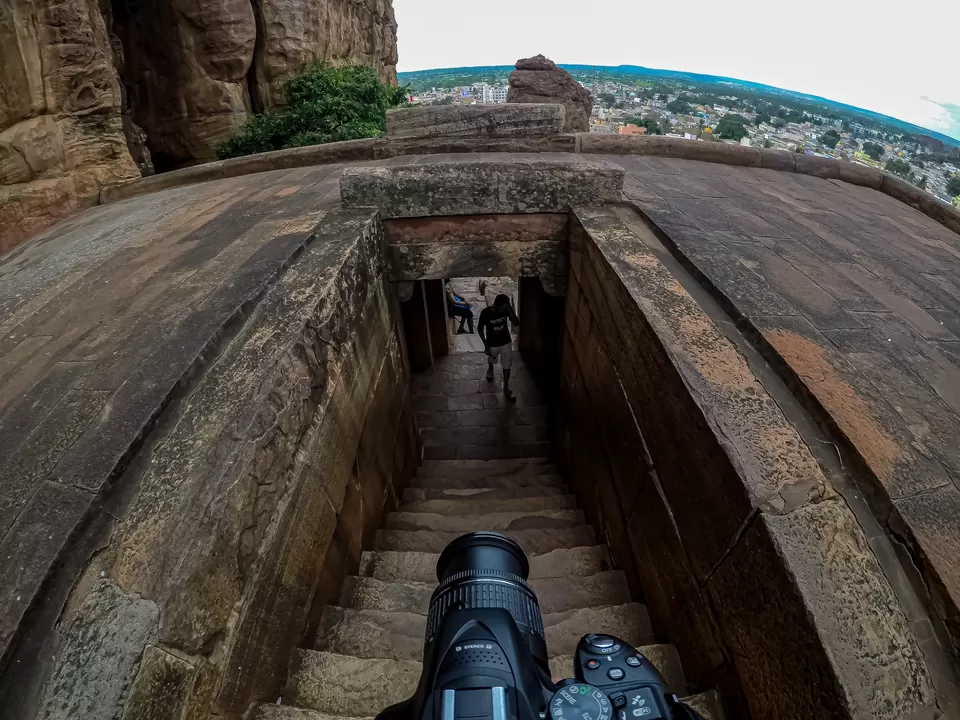
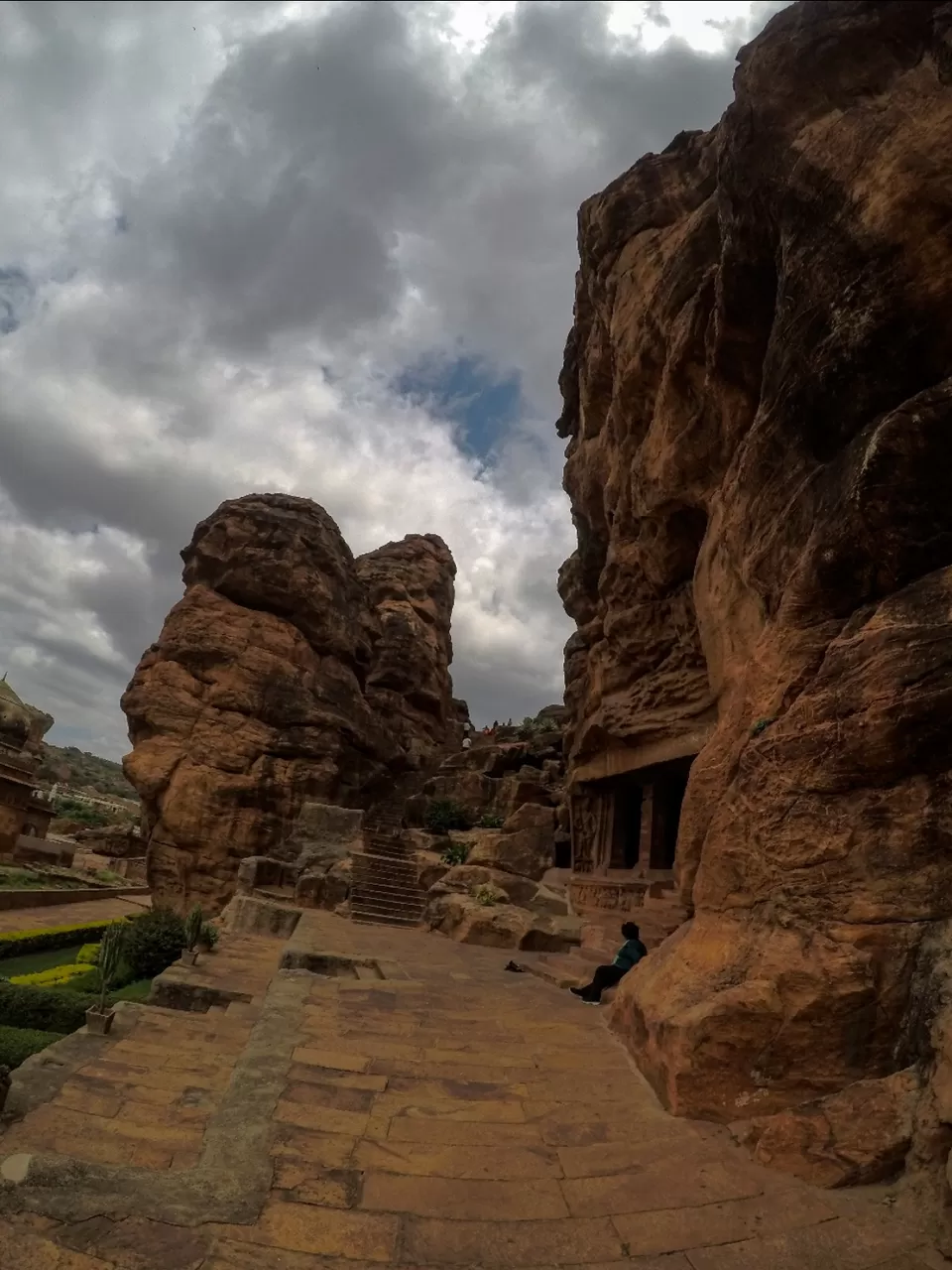
Virupapura Gaddi, also known as the Hampi Island is a laid back tranquil village across the Thungabhadra river best known for it's hippie culture which earned this piece of land a rather hipster name "The Hippie Island". The place is quite contrasting to the mainland of Hampi which is traditionally more orthodox owing to it's historic temple culture, where as in the Hippie island, it's all about the kicks and jam to the early 60's jazz and Indian trance with mural paintings and graffiti themed restaurants and shacks. You will end up getting disappointed if you visit this place during monsoon. The whole village of Virupapuragaddi was ghosted when I visited the place owing to floods and difficulty in accessibility via coracles. You won't be offered a coracle ride during monsoon which only takes around 10-15 minute from the boating point near Hampi bazaar. There is another way to the island from the town of Hospete accessible via road which is a 40kms ride and a 10 minutes off-road hike. There is an anganwadi and a thatched house on the entrance to the Virupapuragaddi reserve area. As I ventured in, all I could find was the graffitied compounds and an array of closed shacks. The place wore a deserted look with no speck of life, but apparently during peak season the island is said to be bustling with jam sessions by hippies, good Israeli food, beer, stoners and other recreational activities with a soothing picturesque view of paddy fields. The highest rated restaurant here is the "Laughing Buddha restaurant " which I couldn't visit unfortunately since the place was closed.
